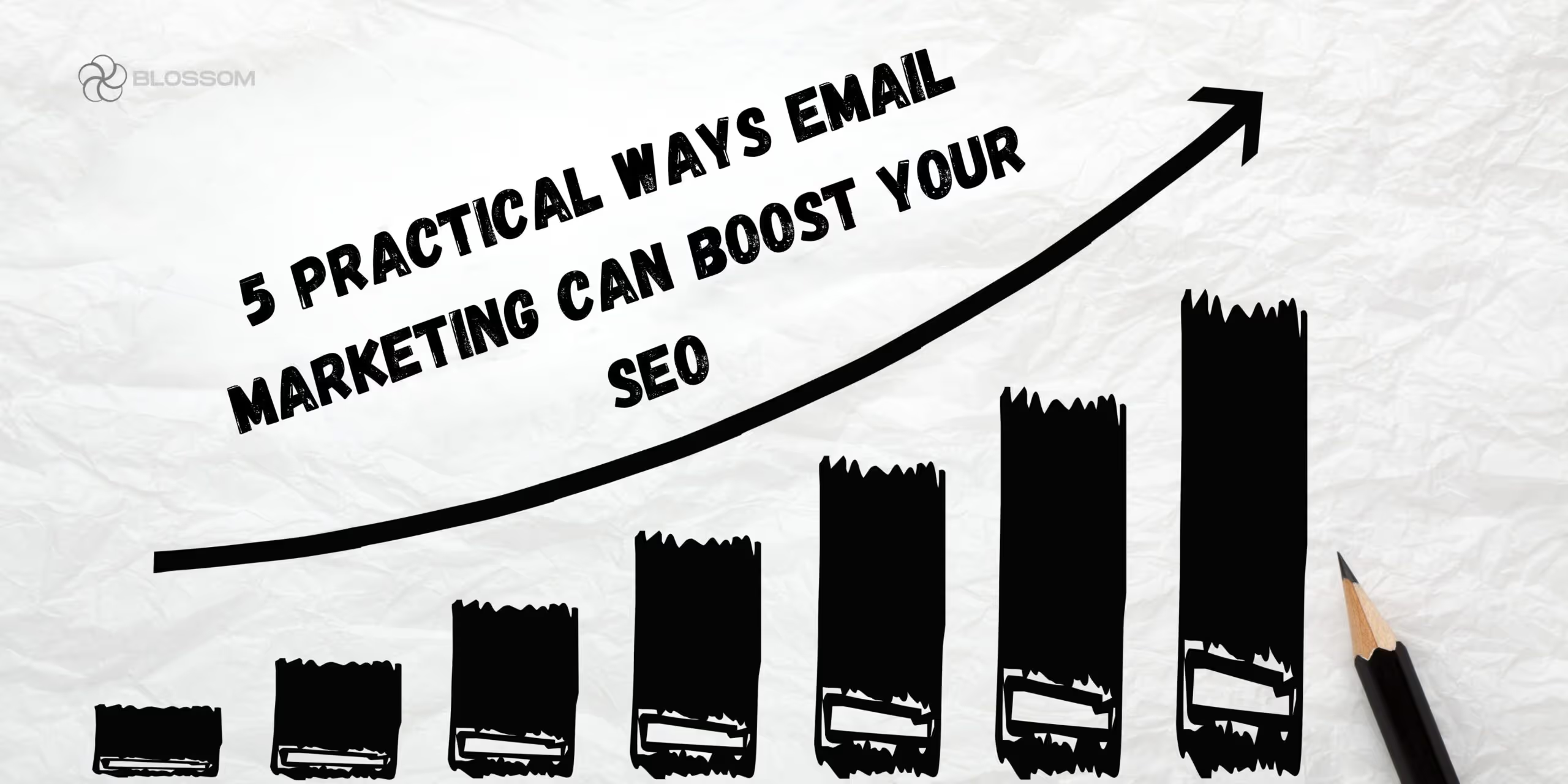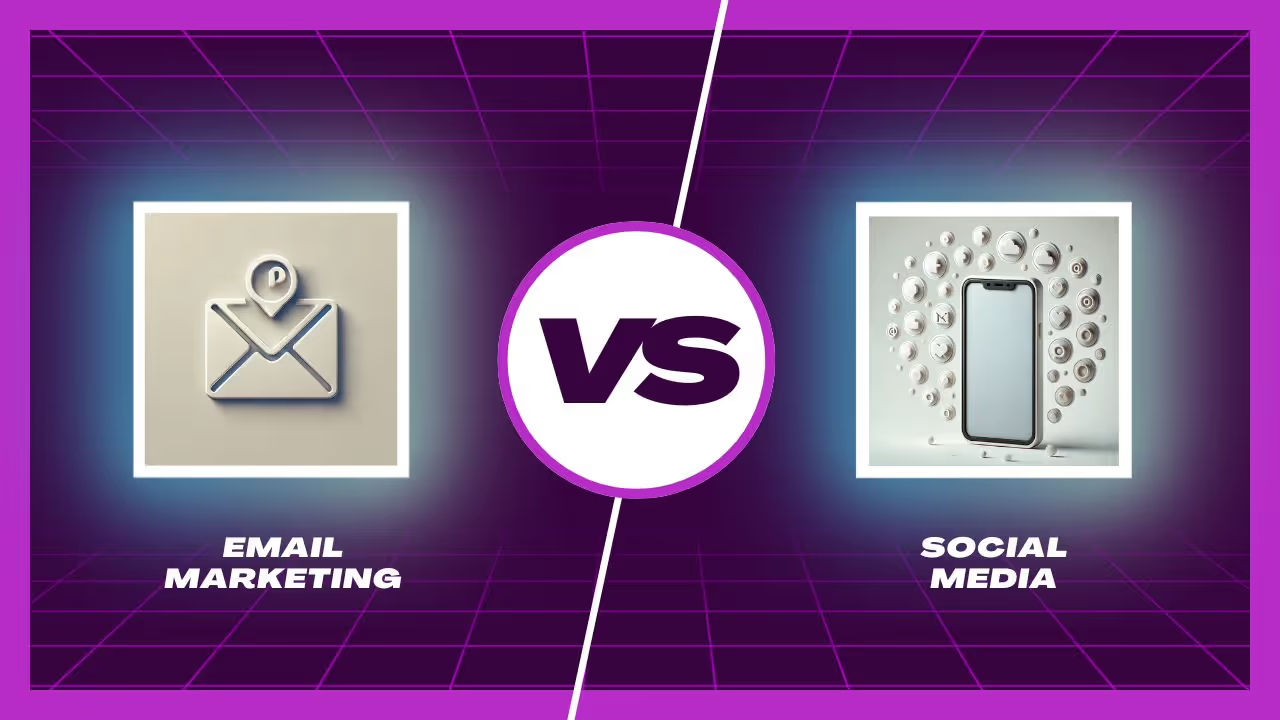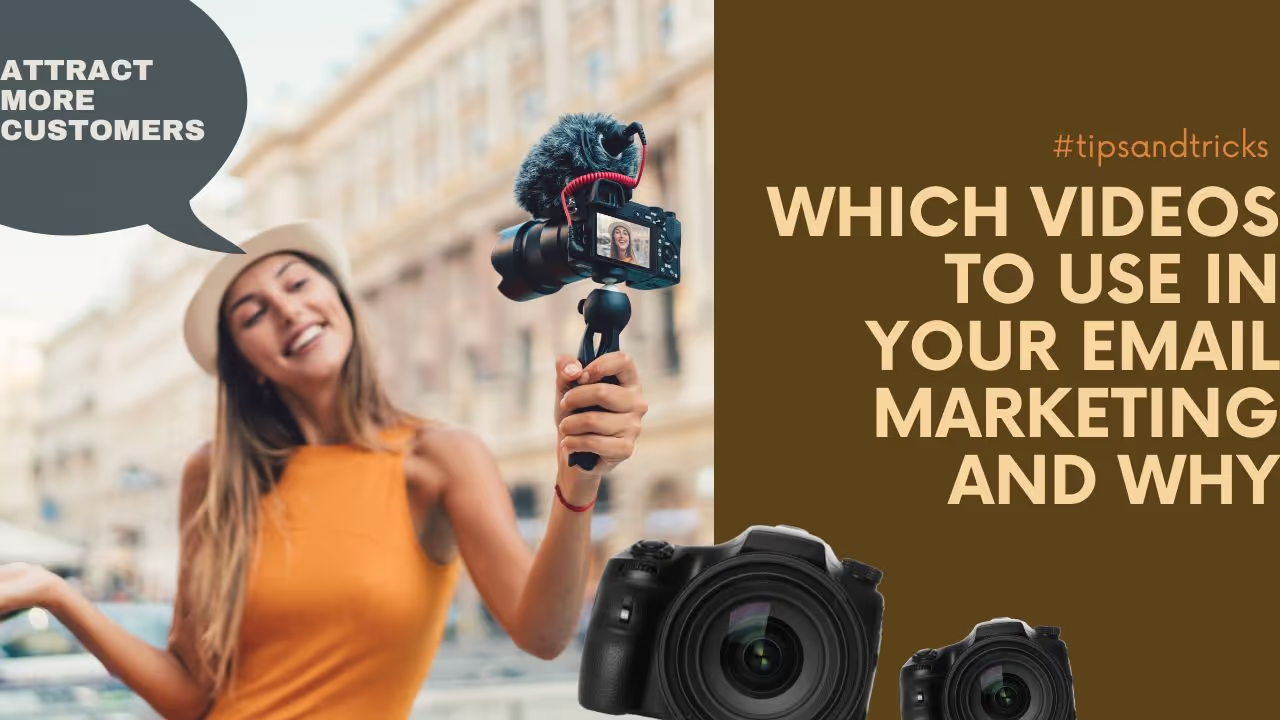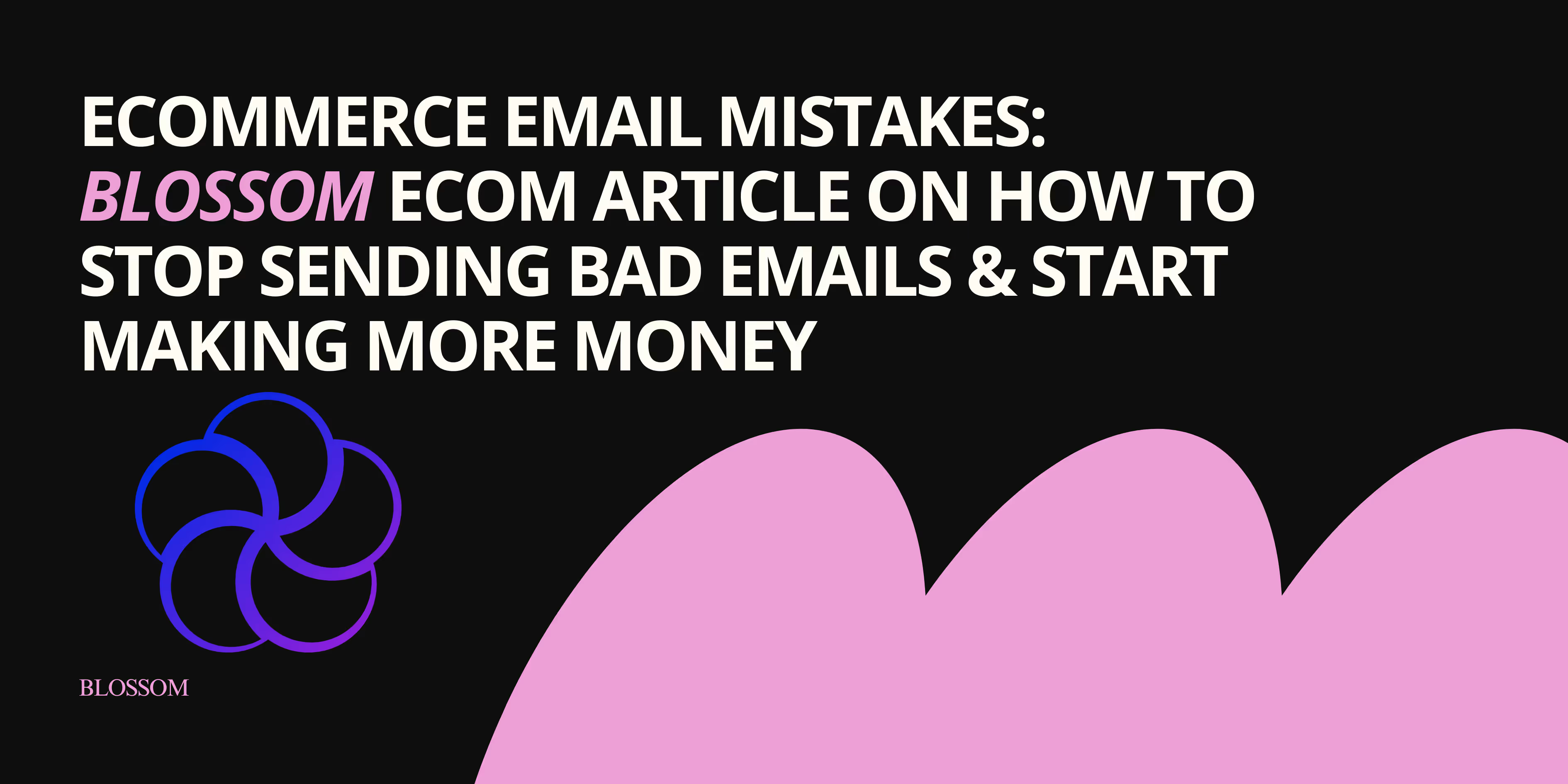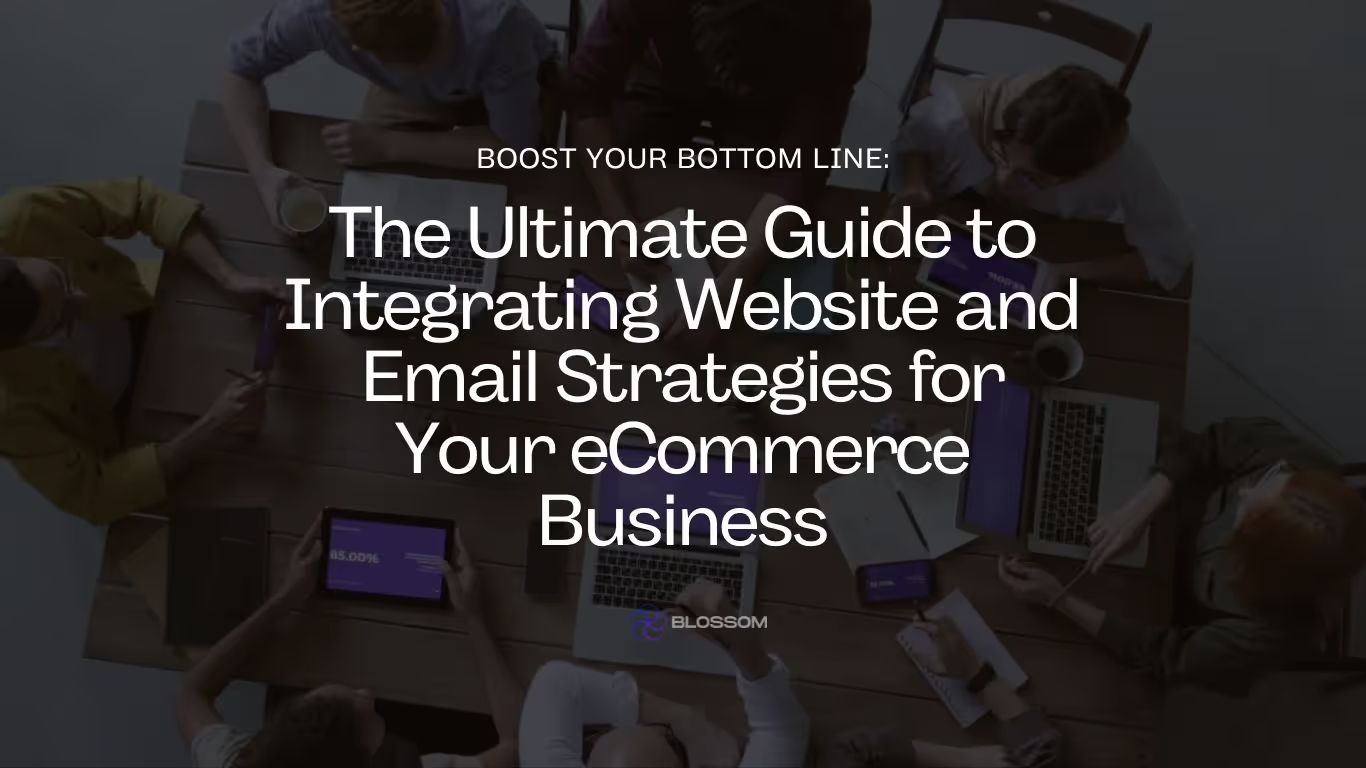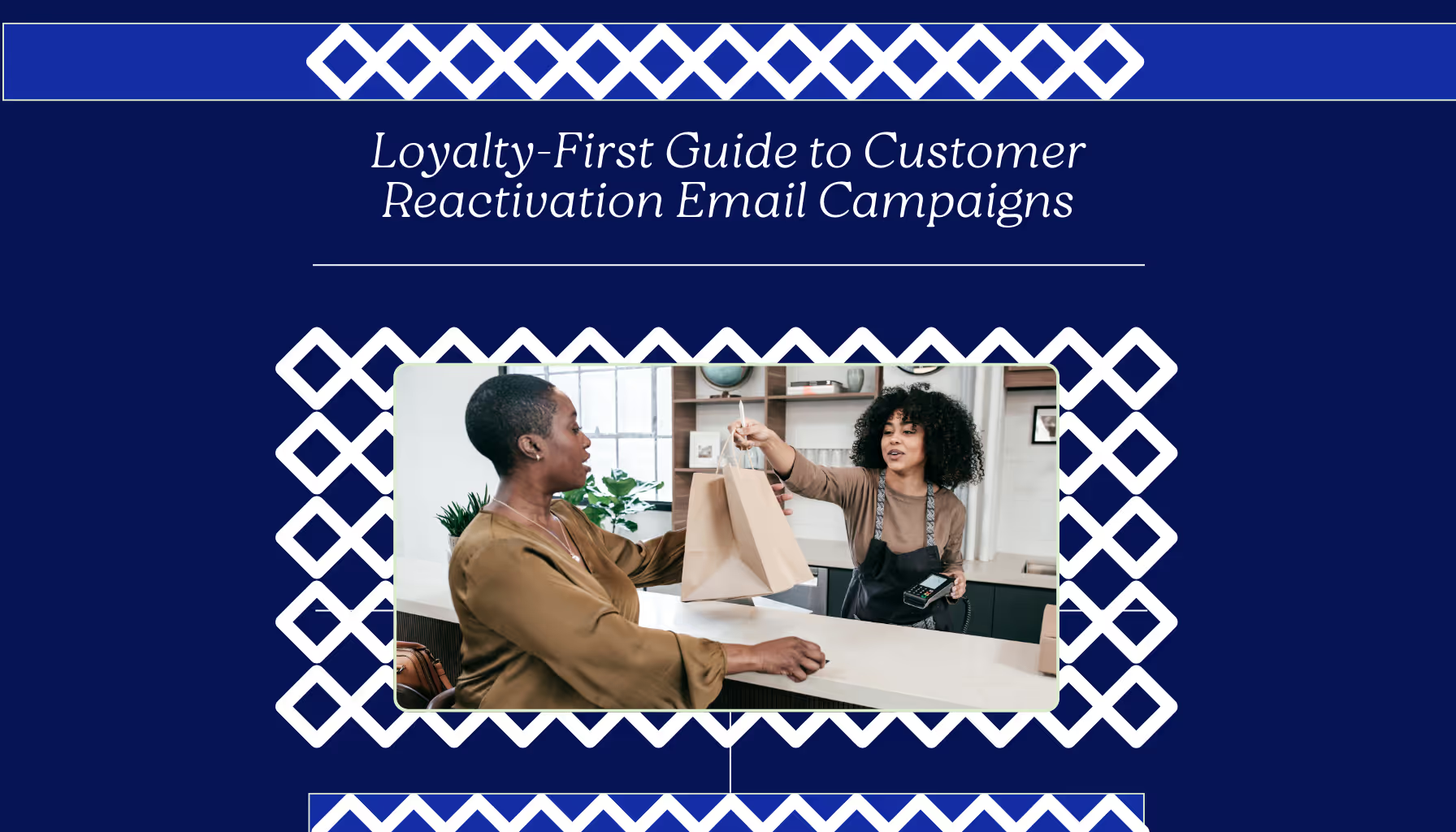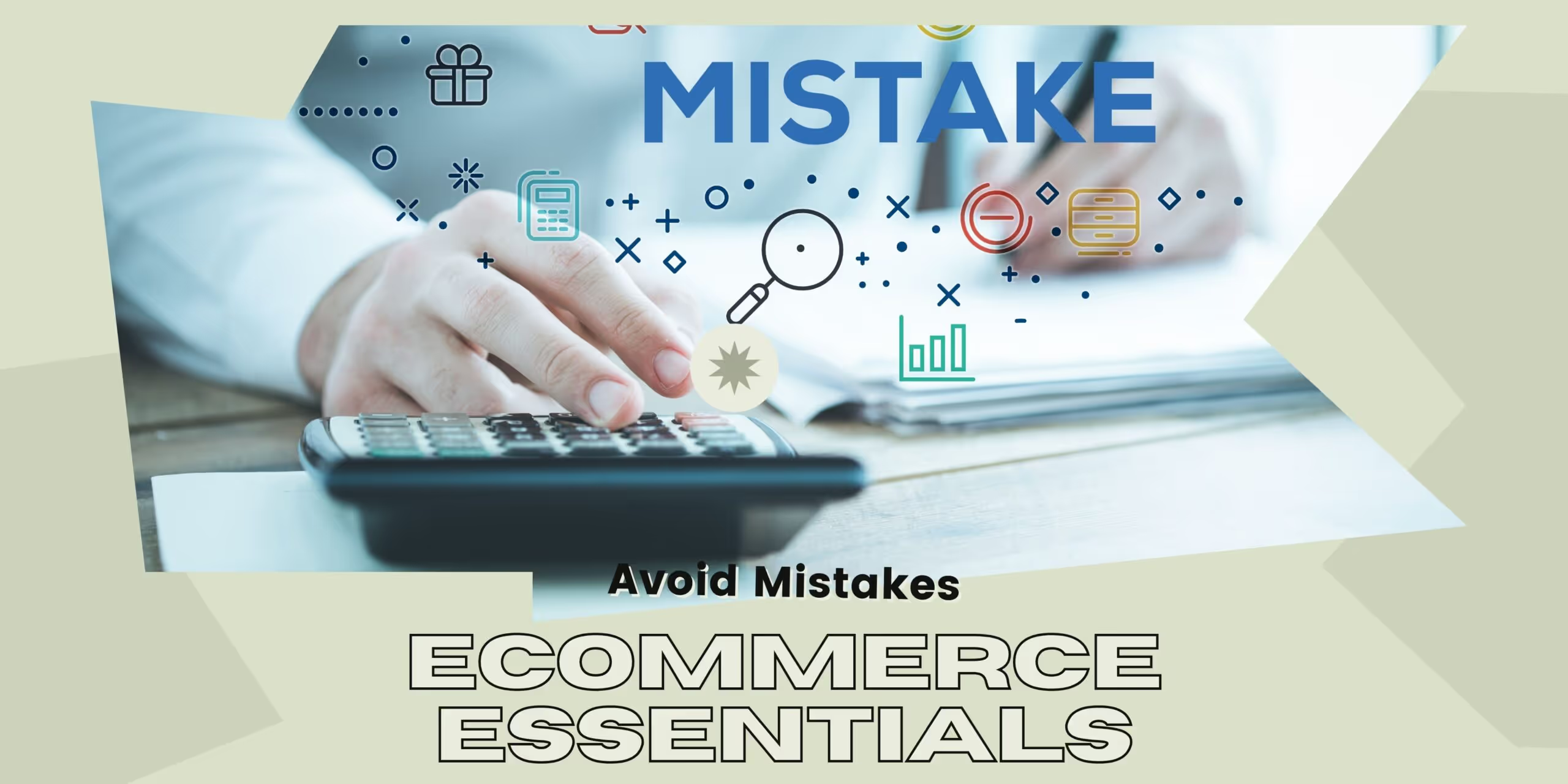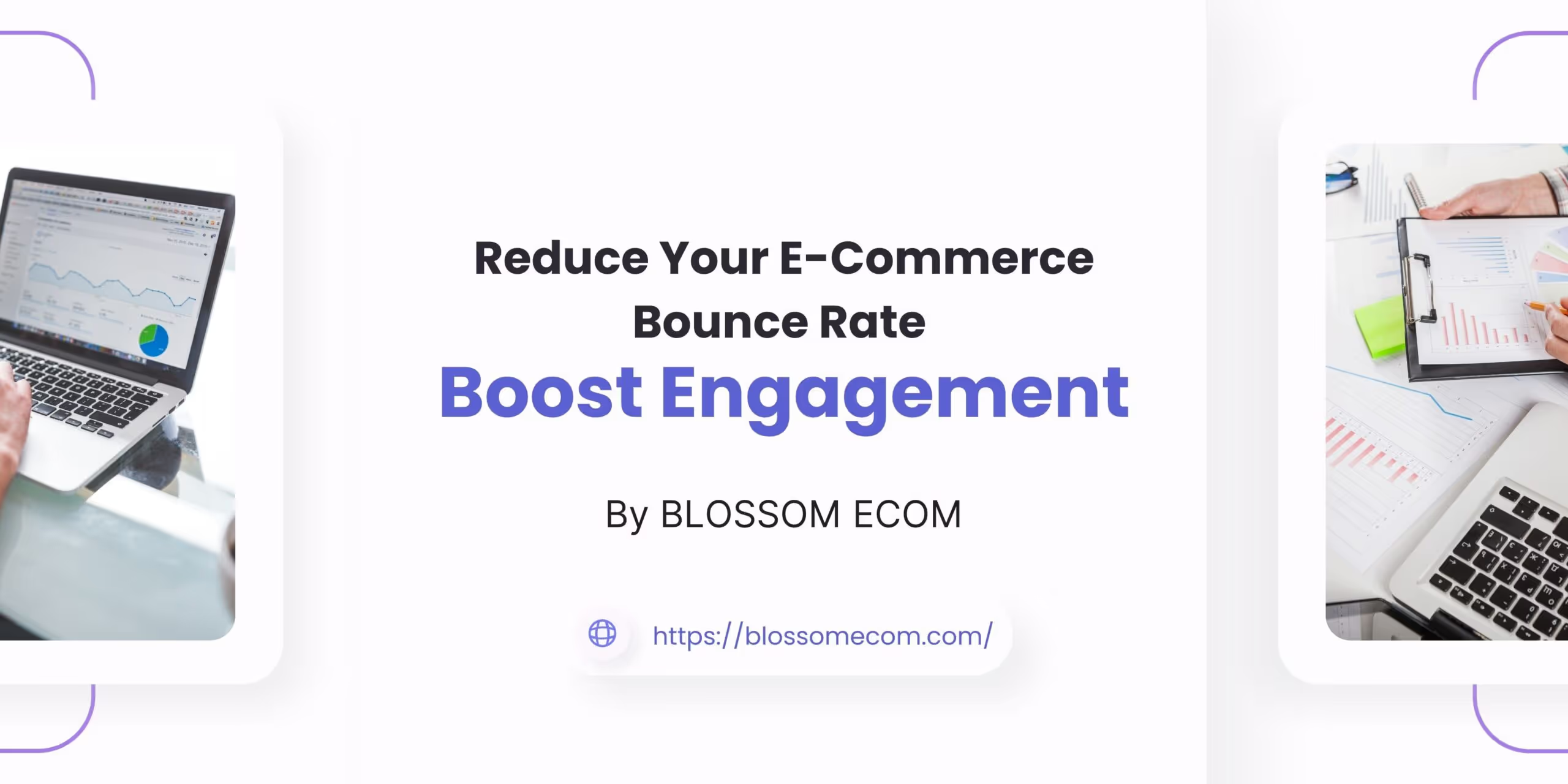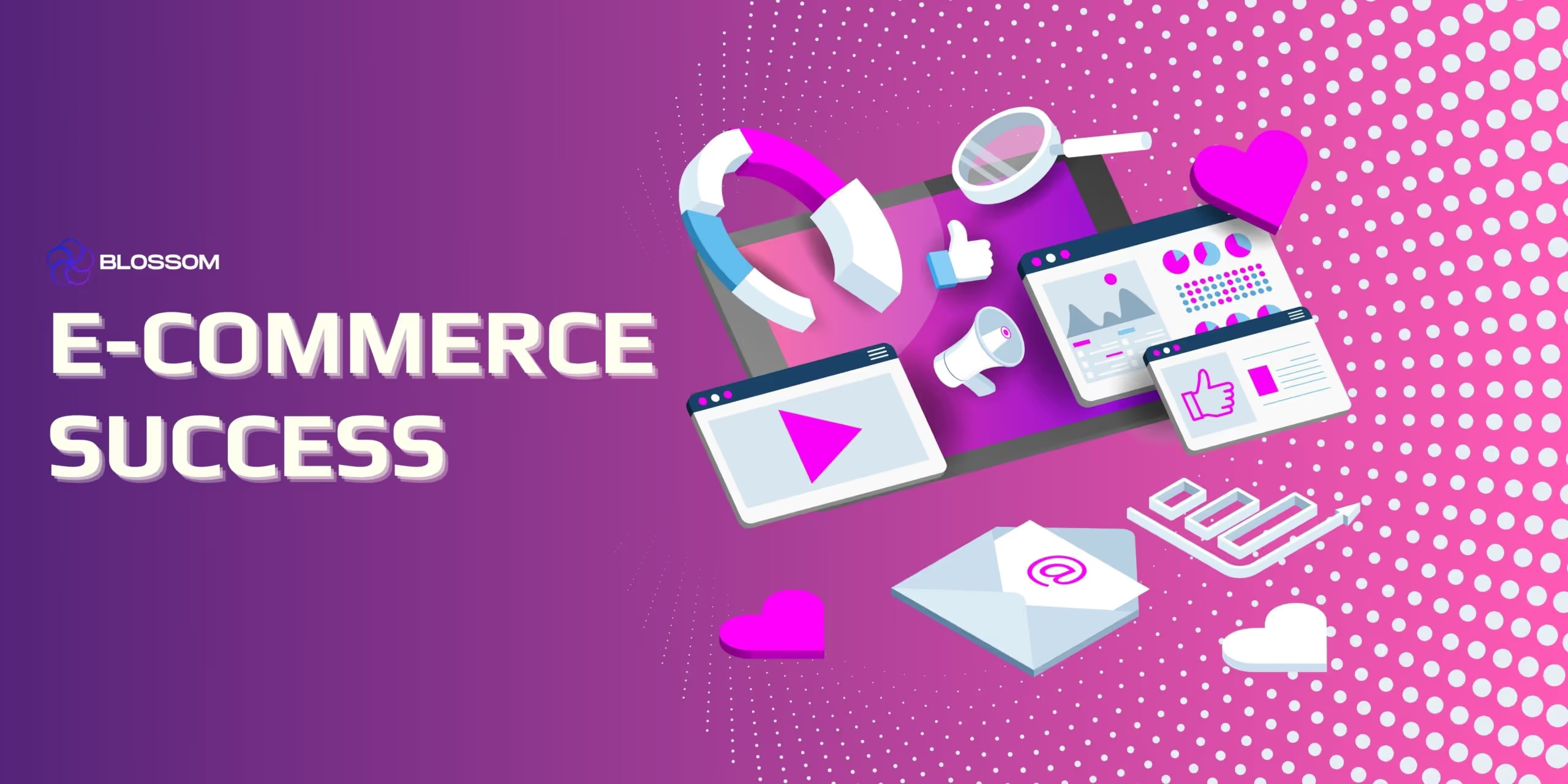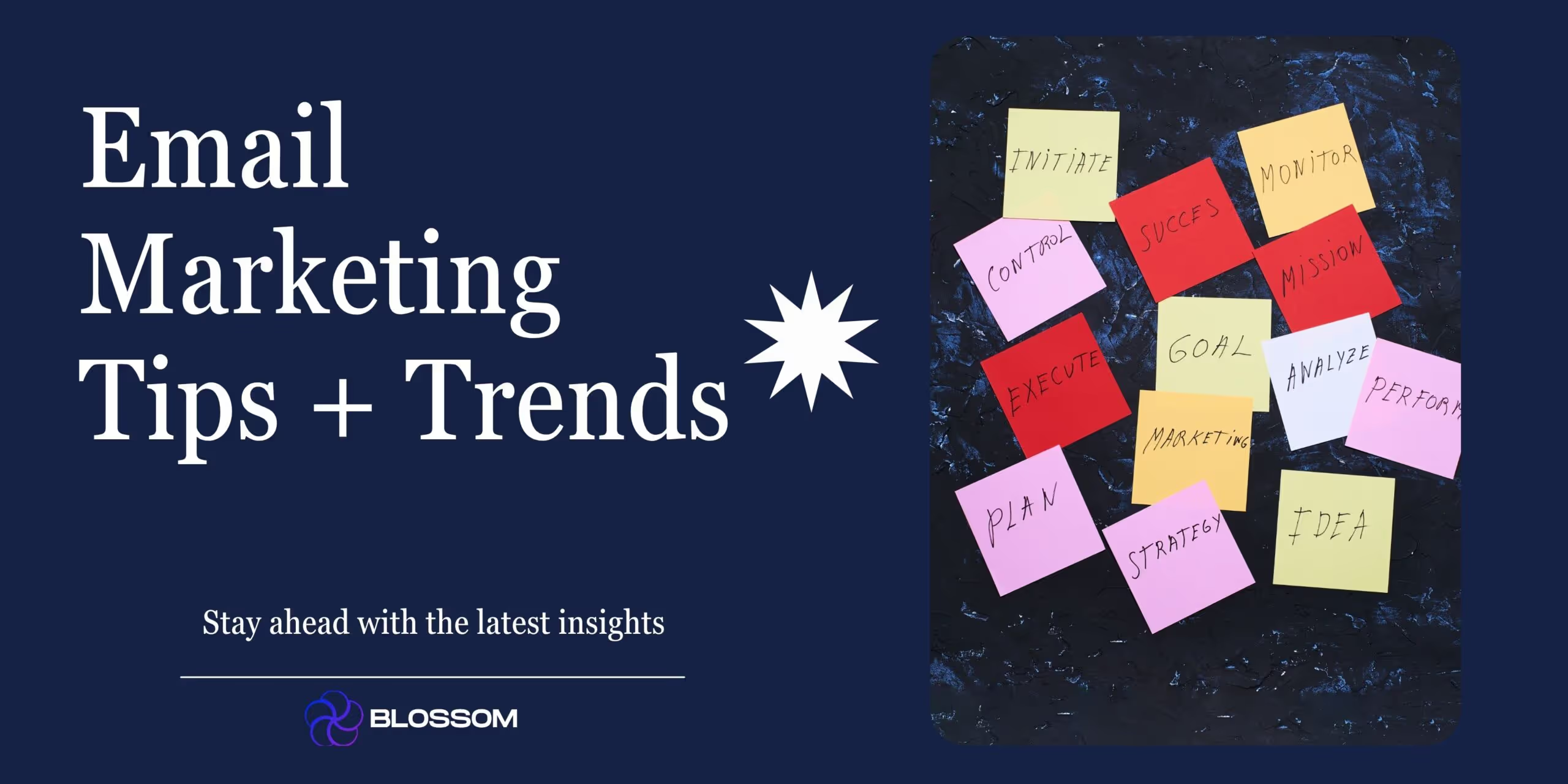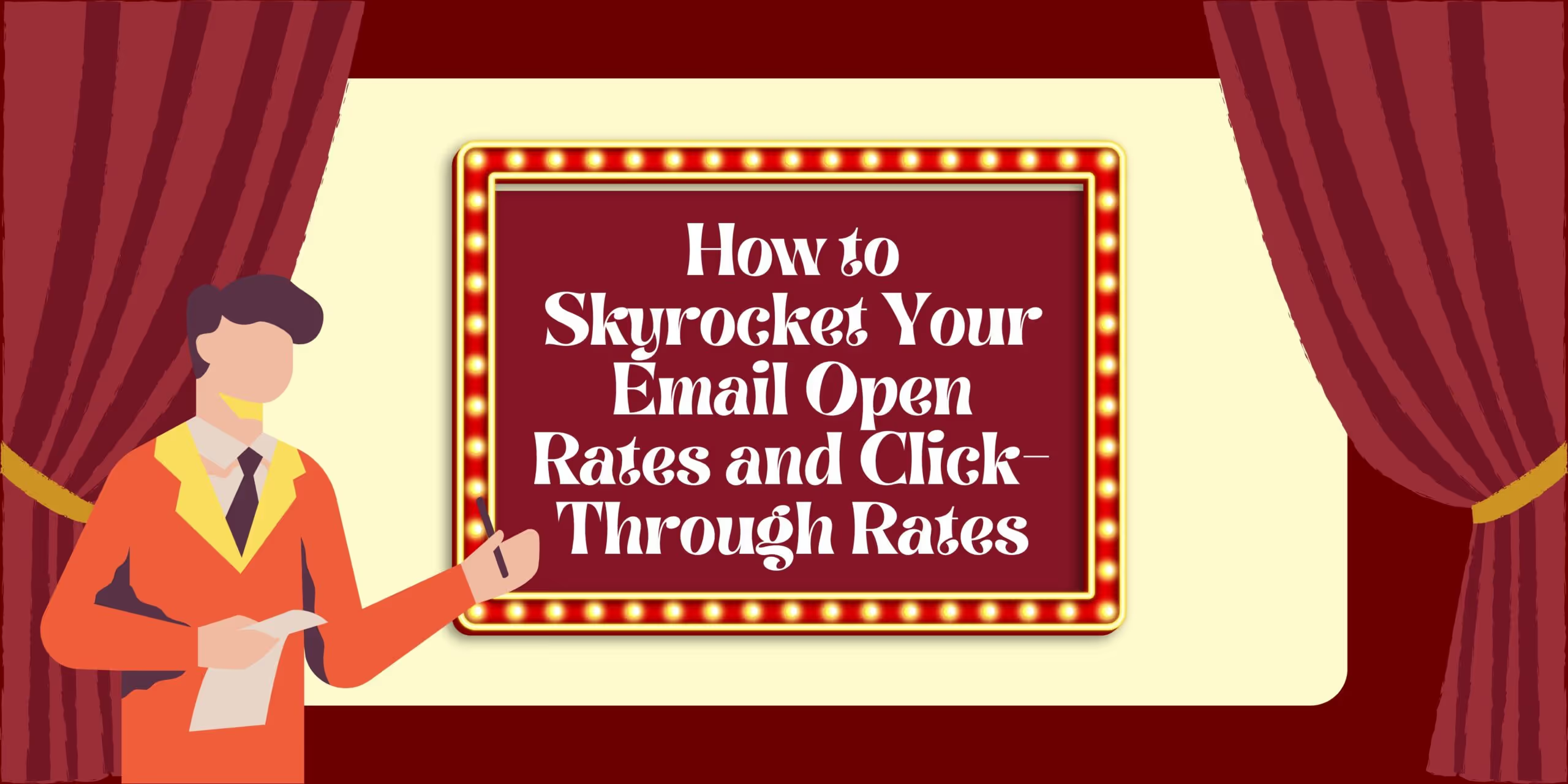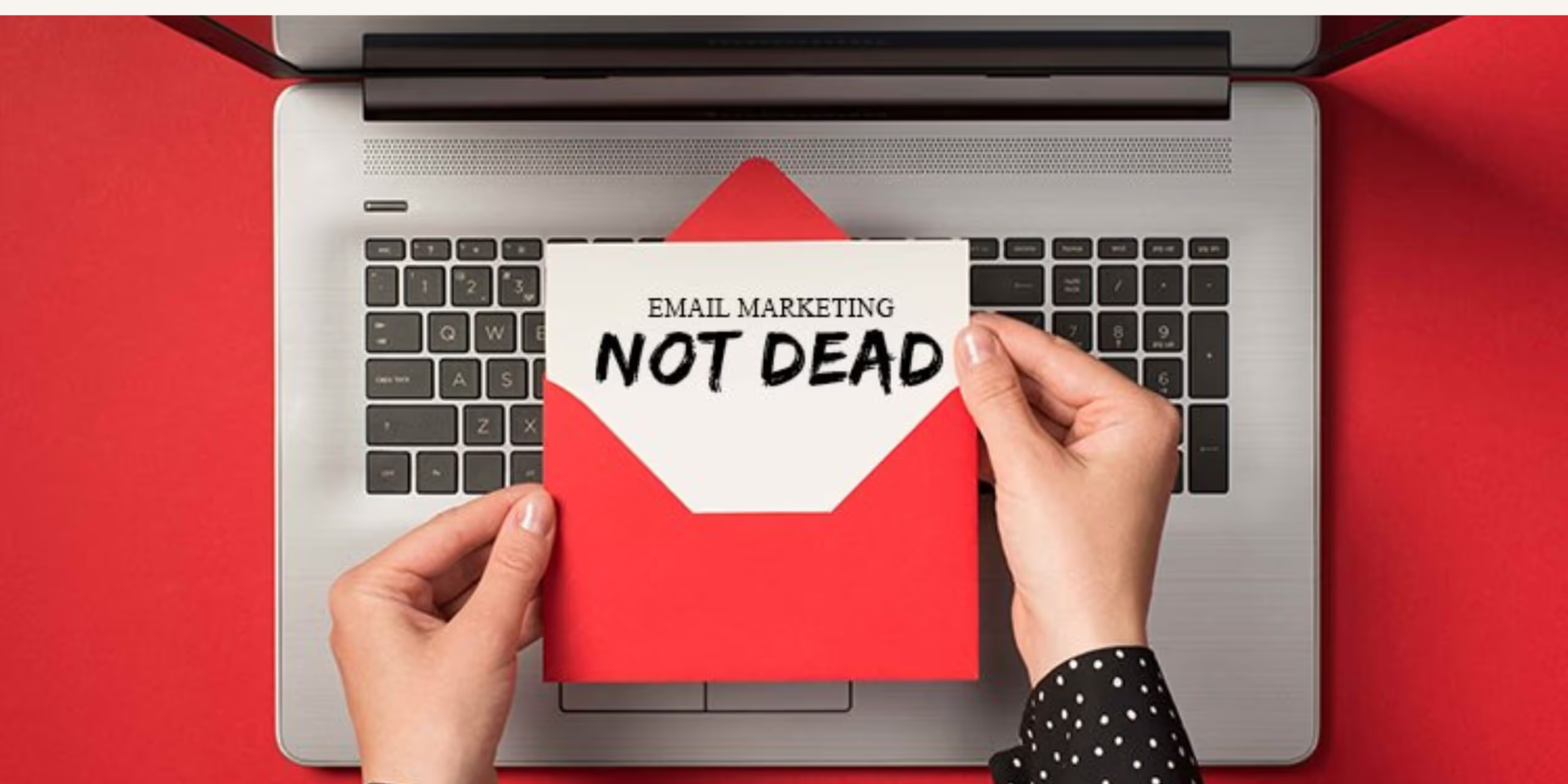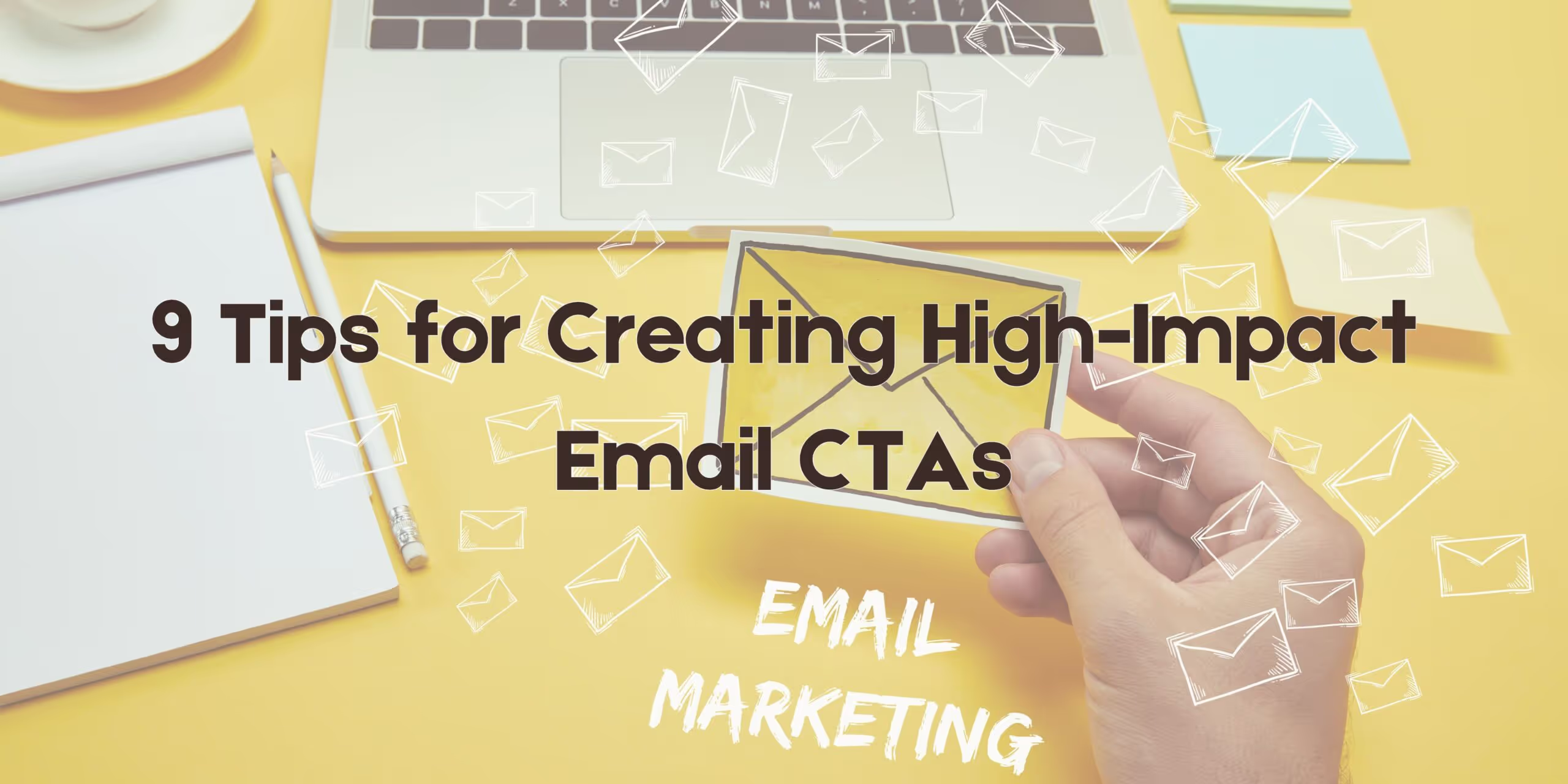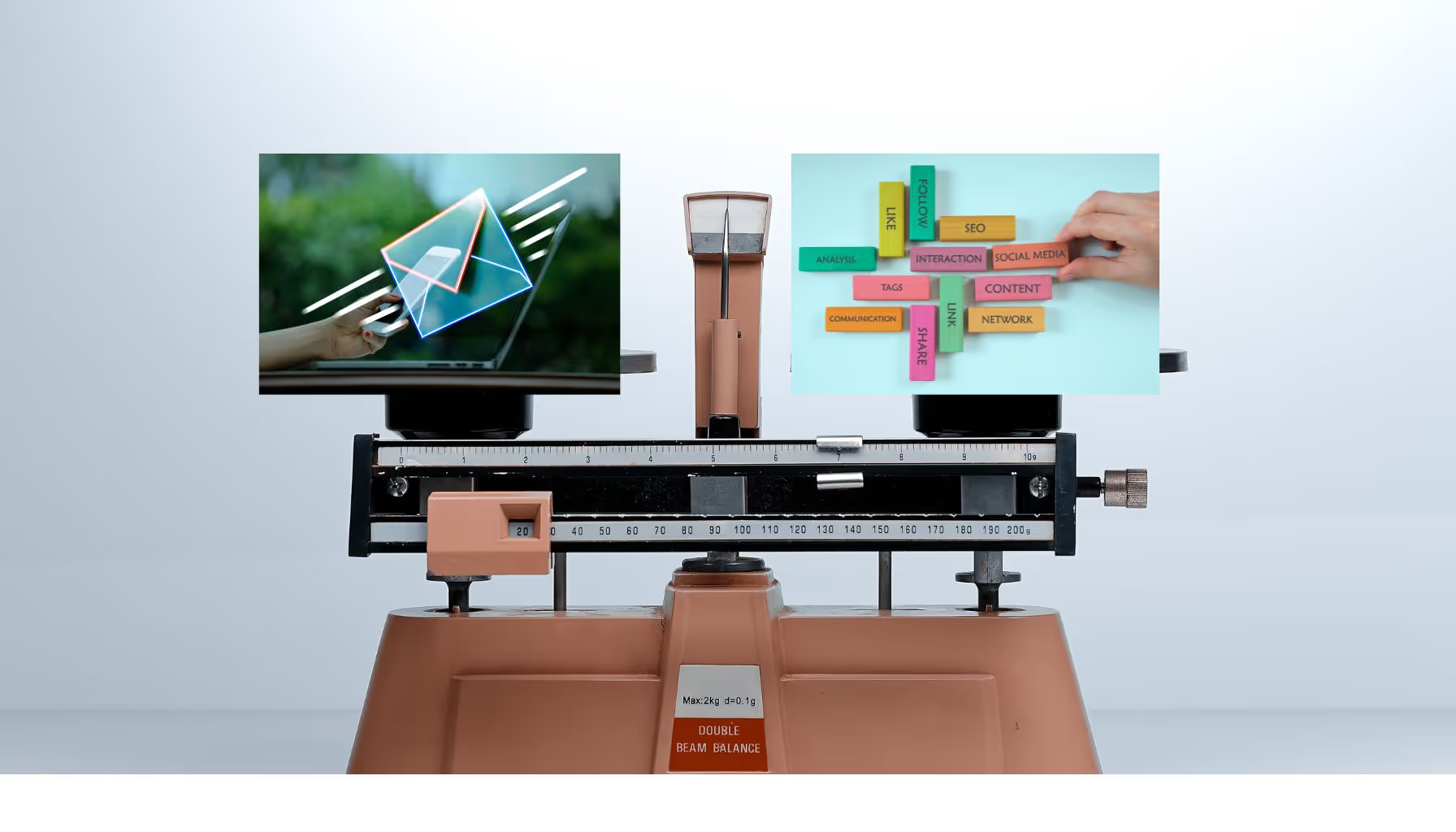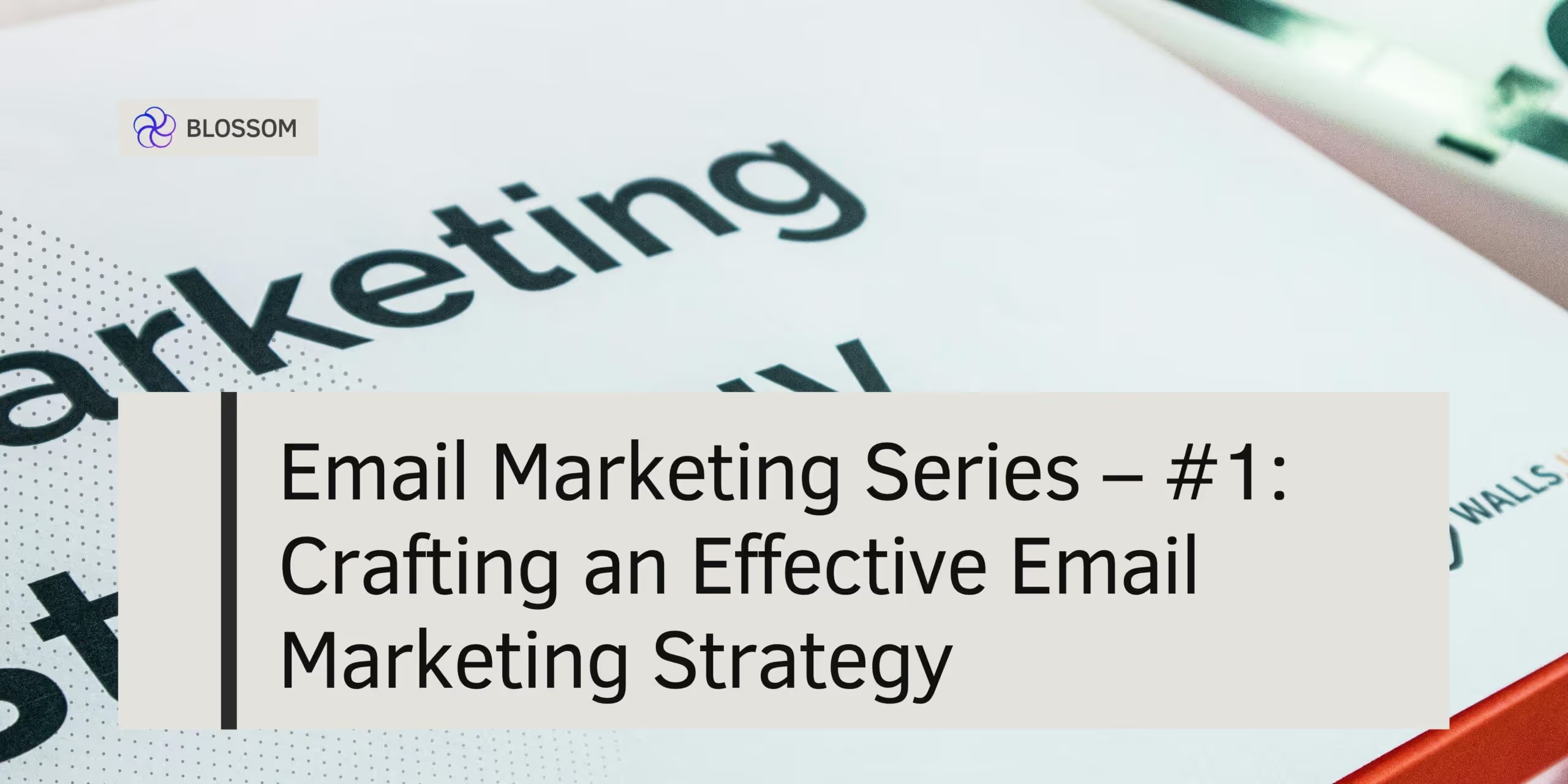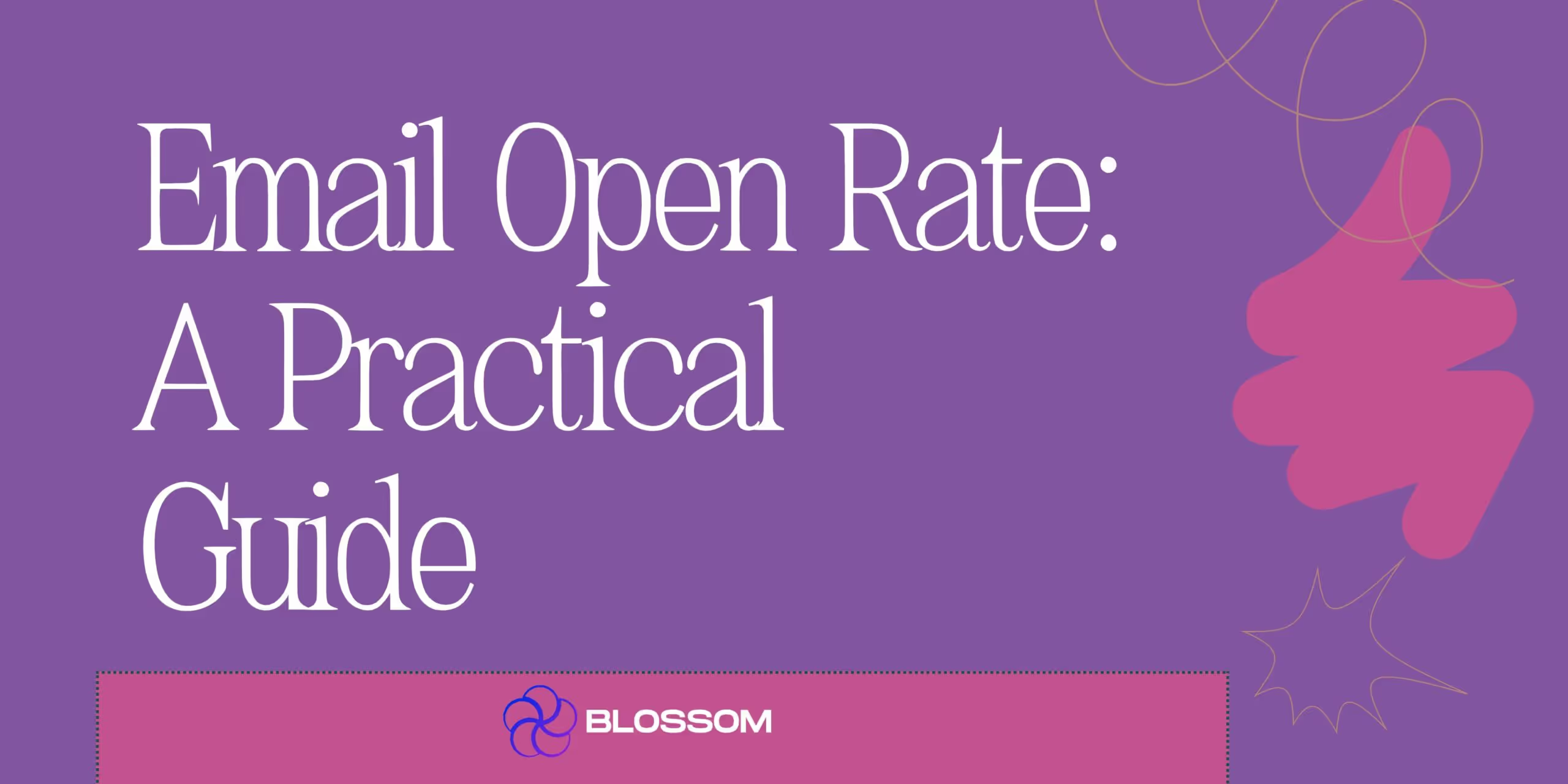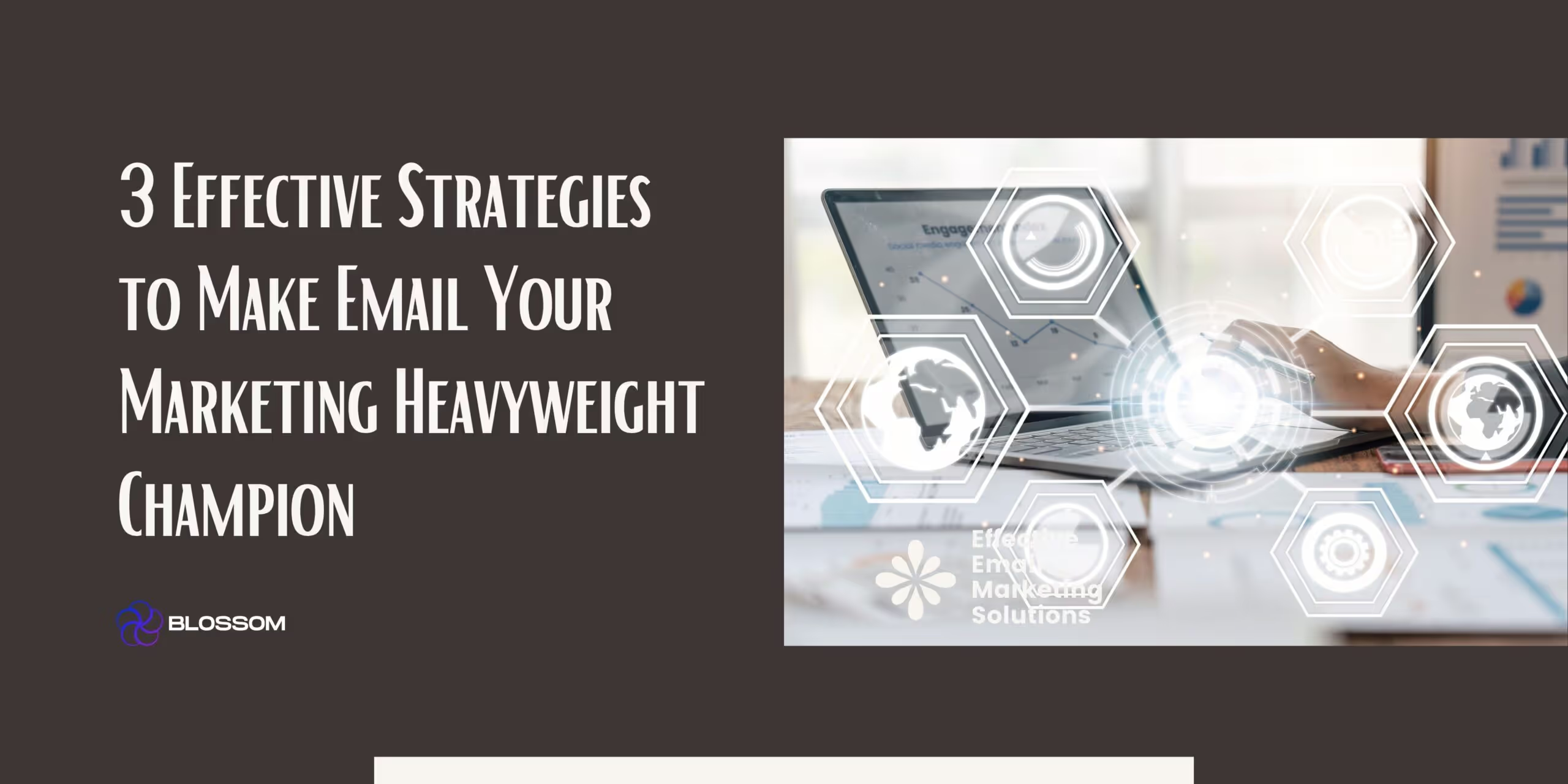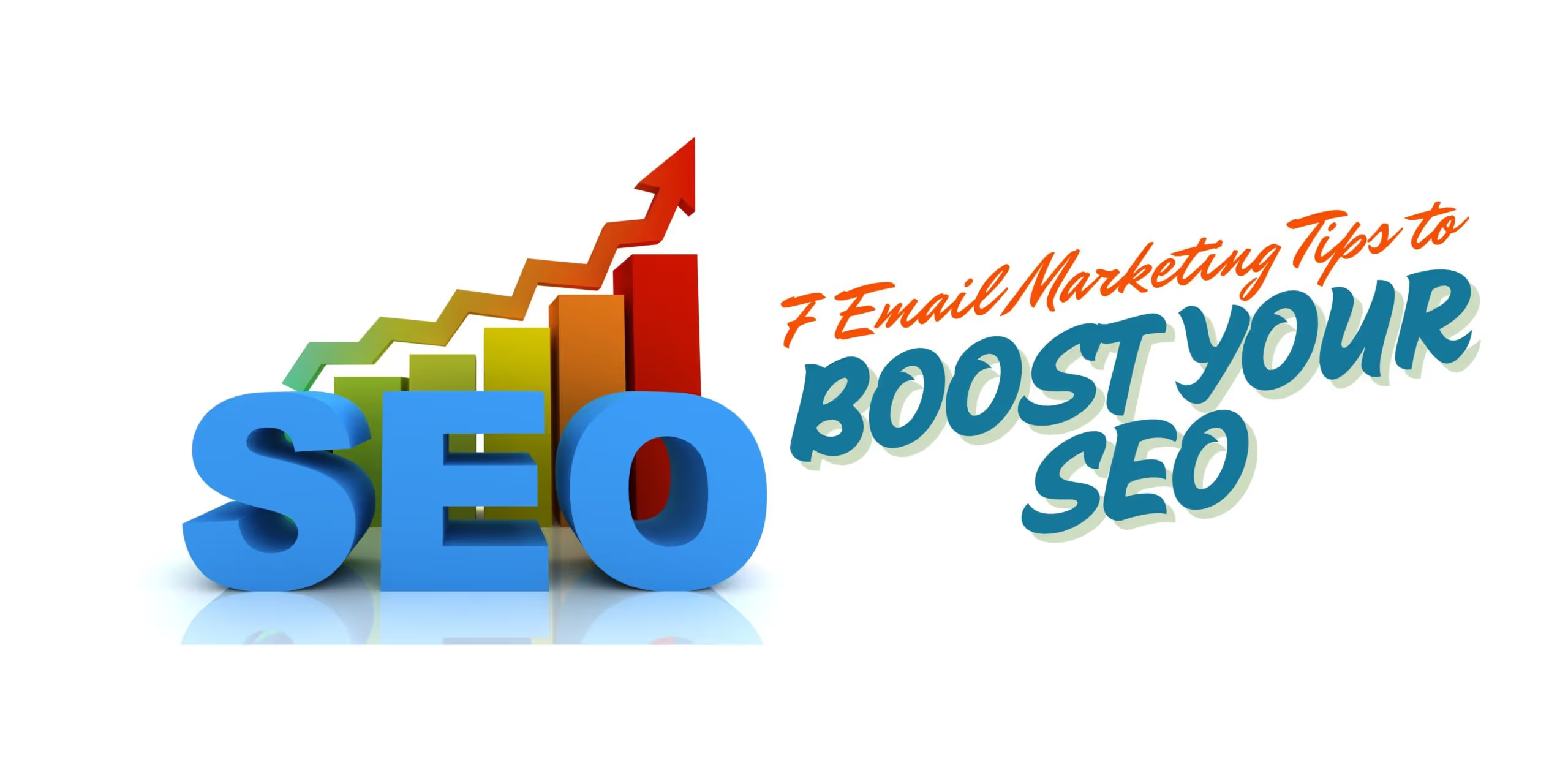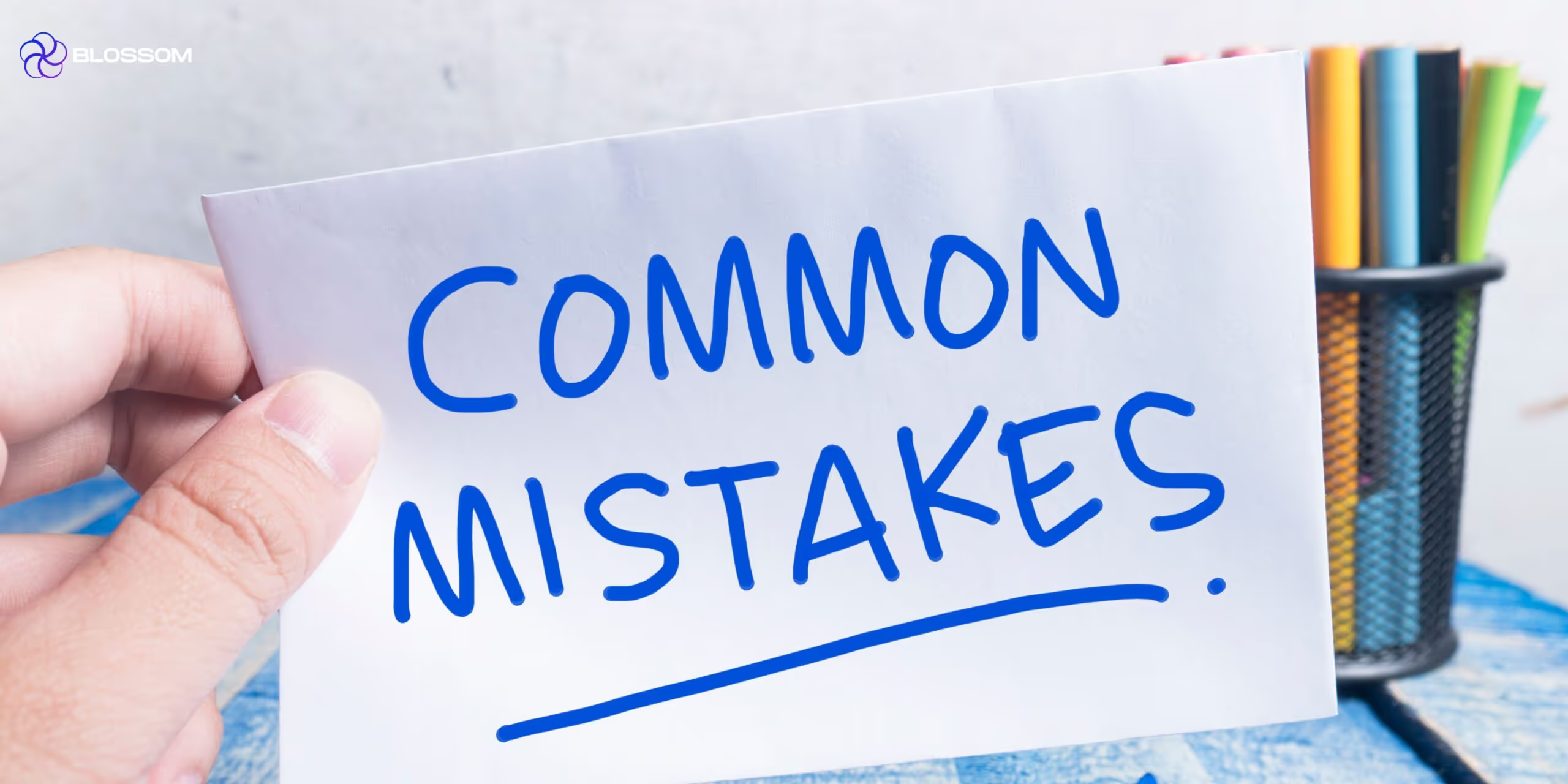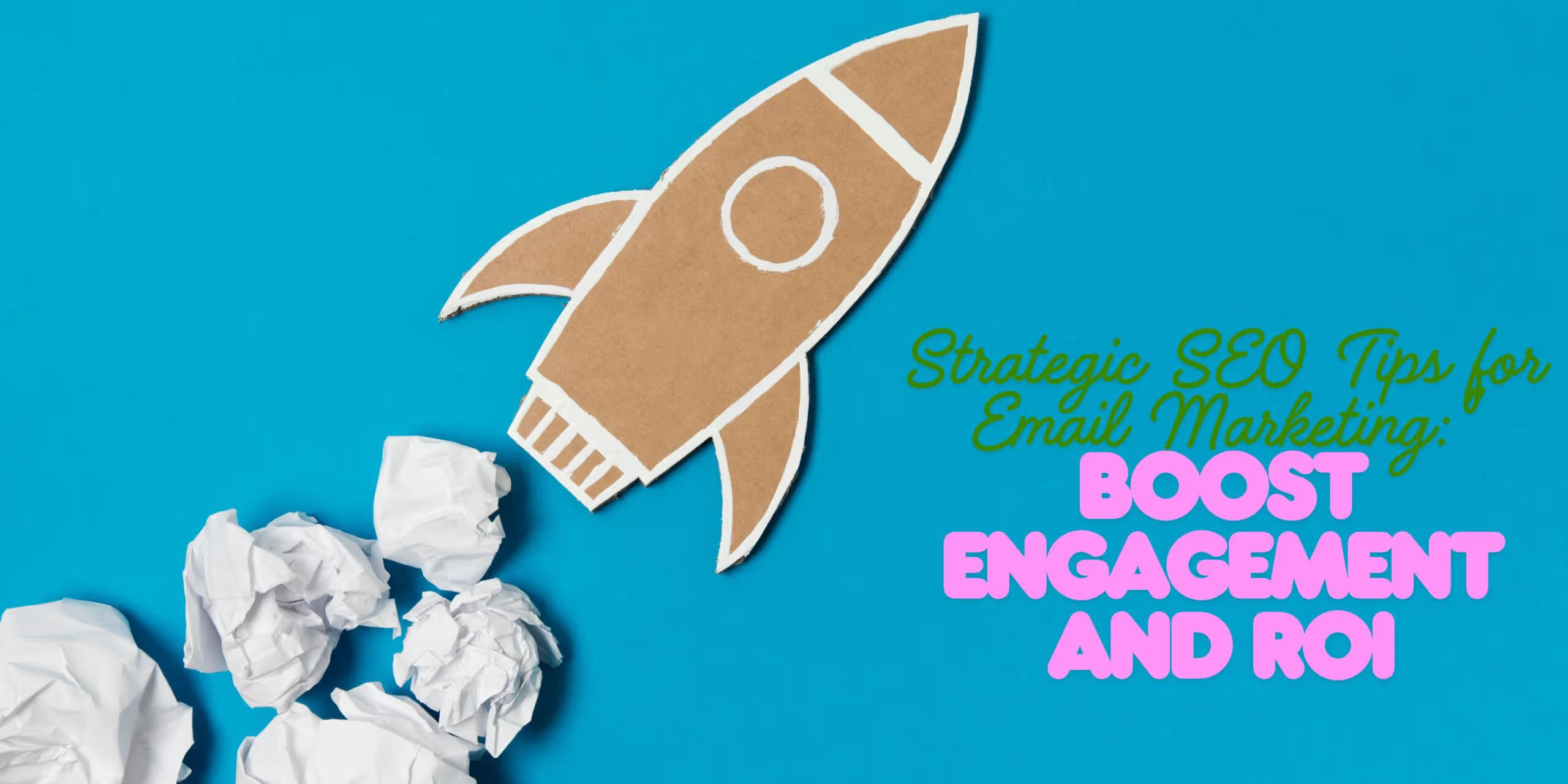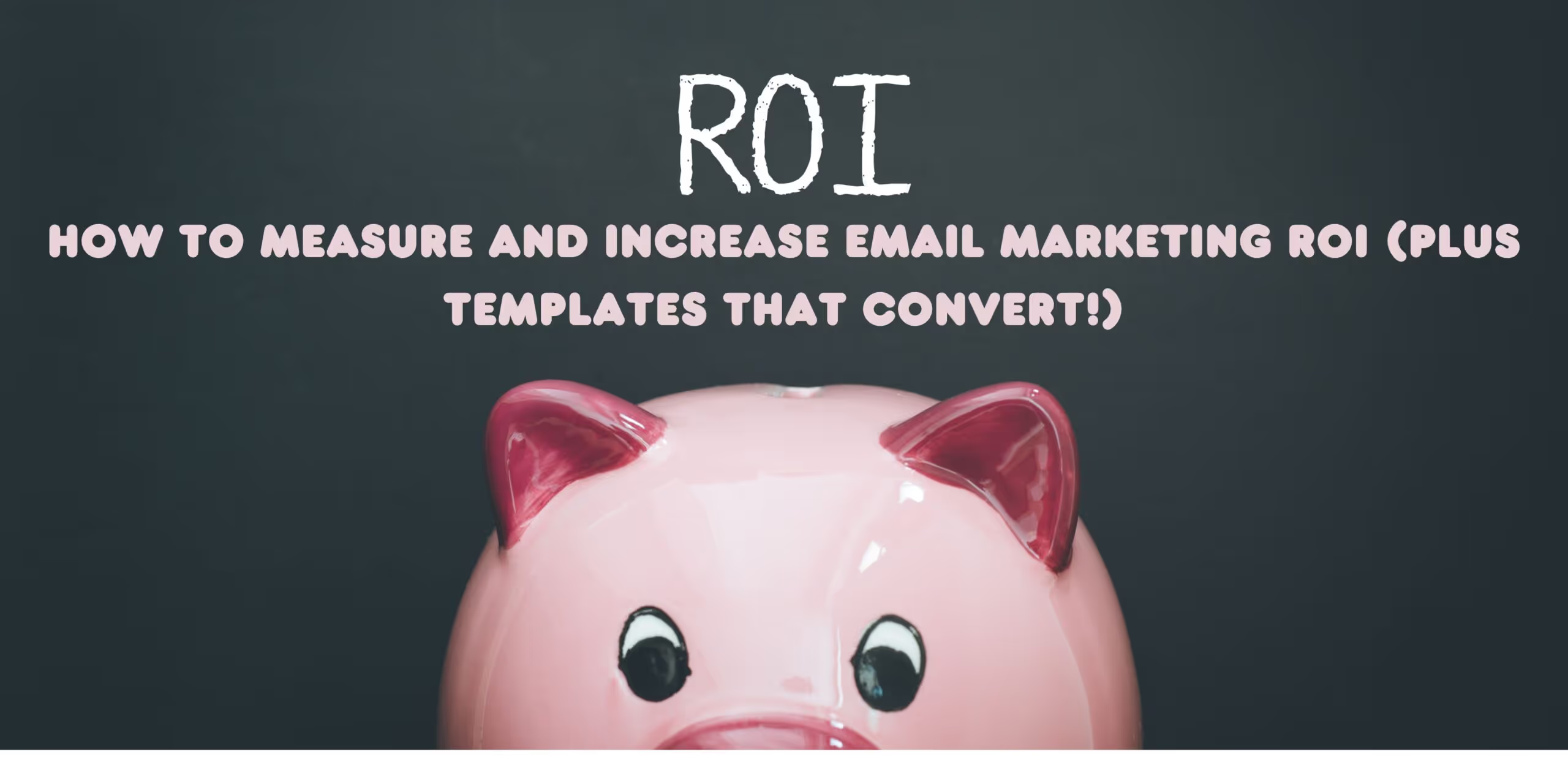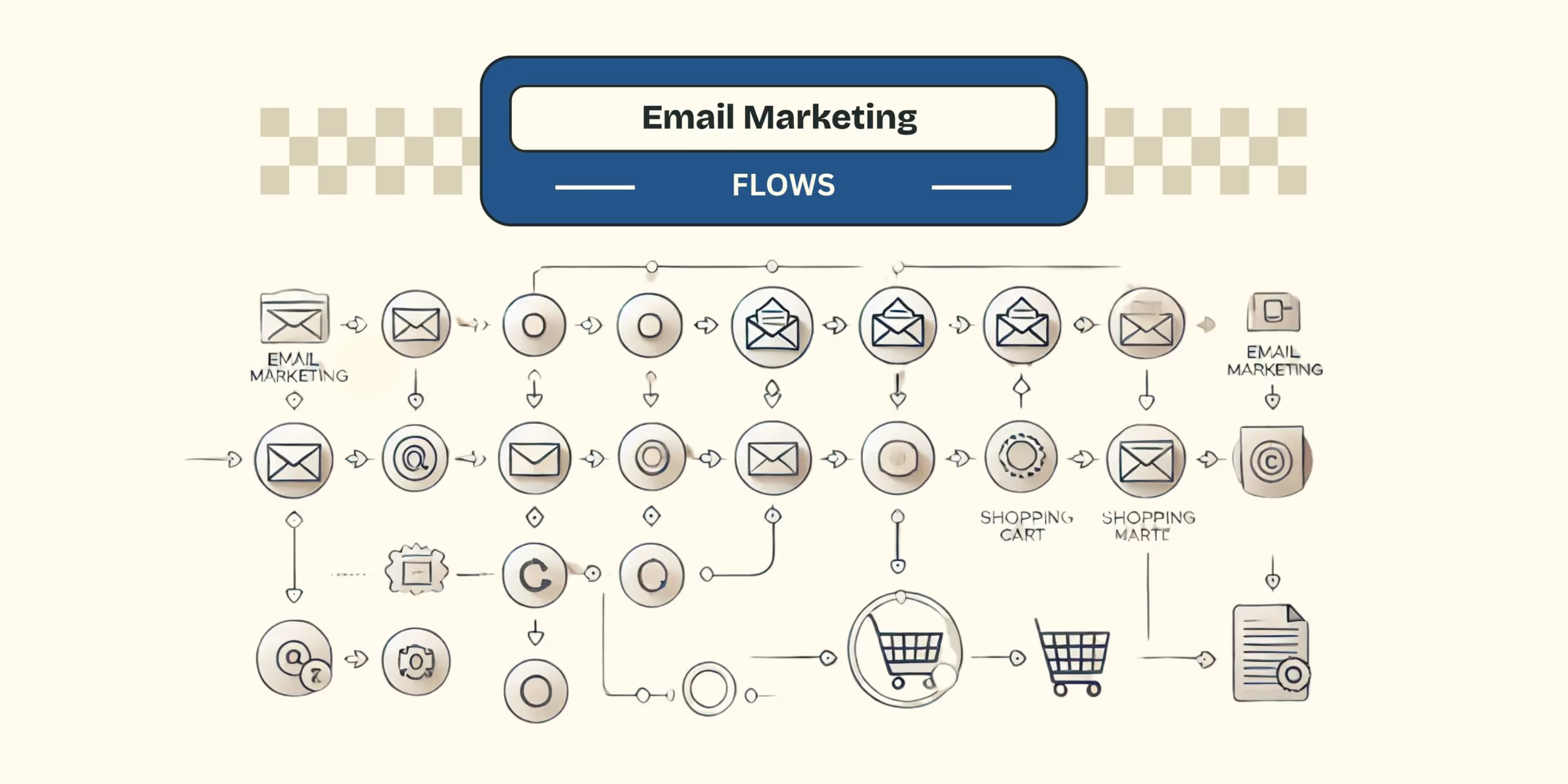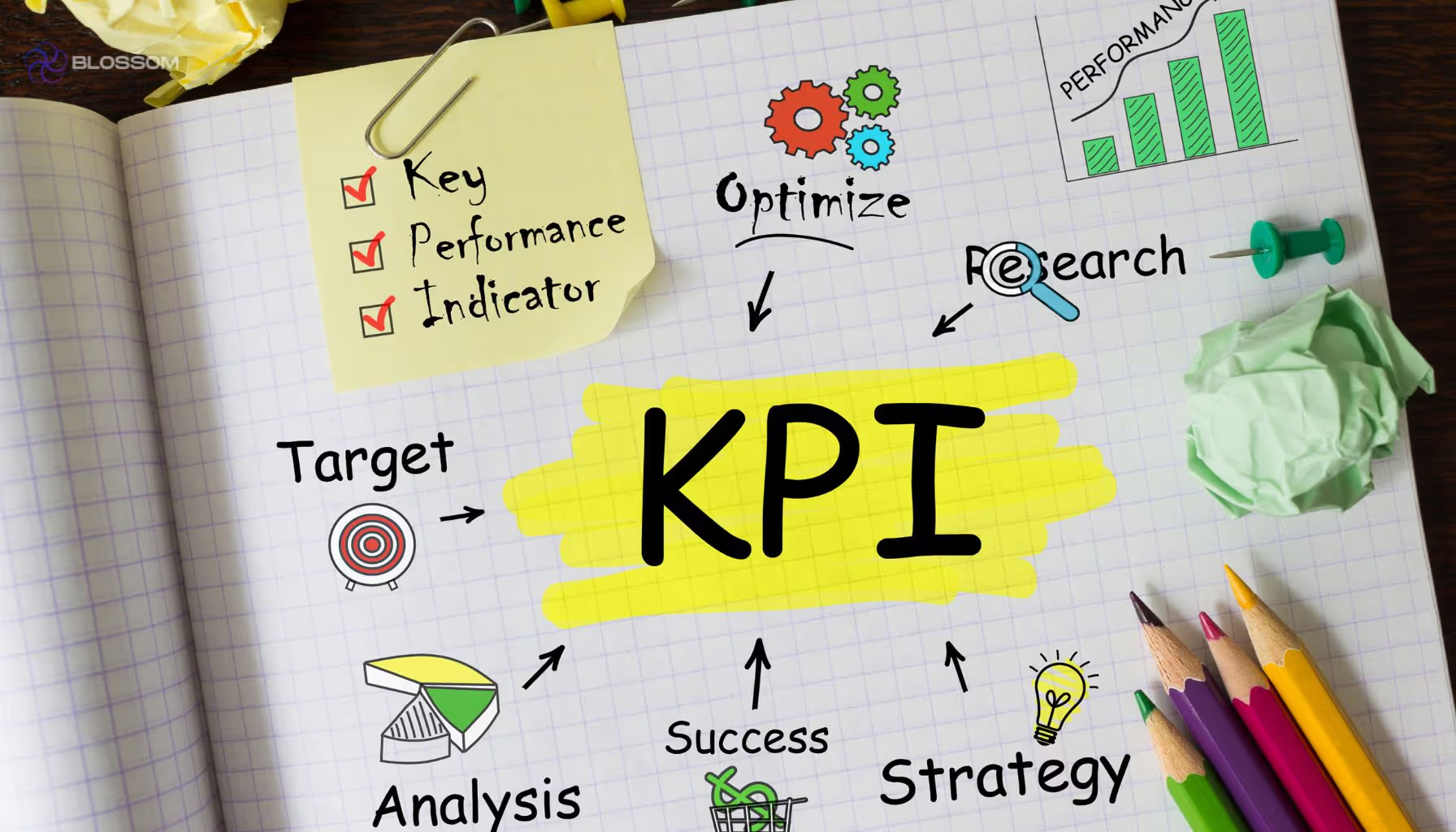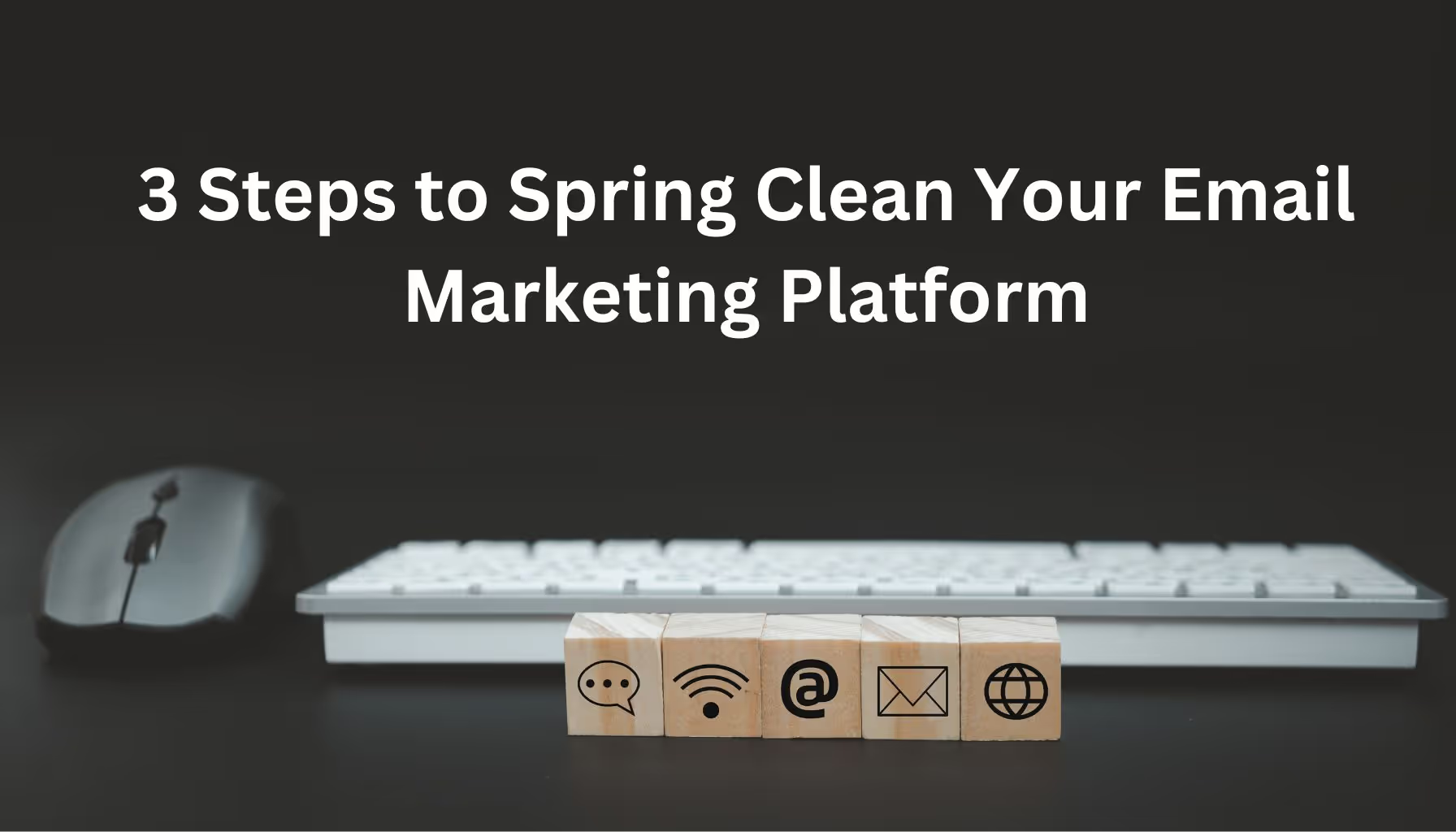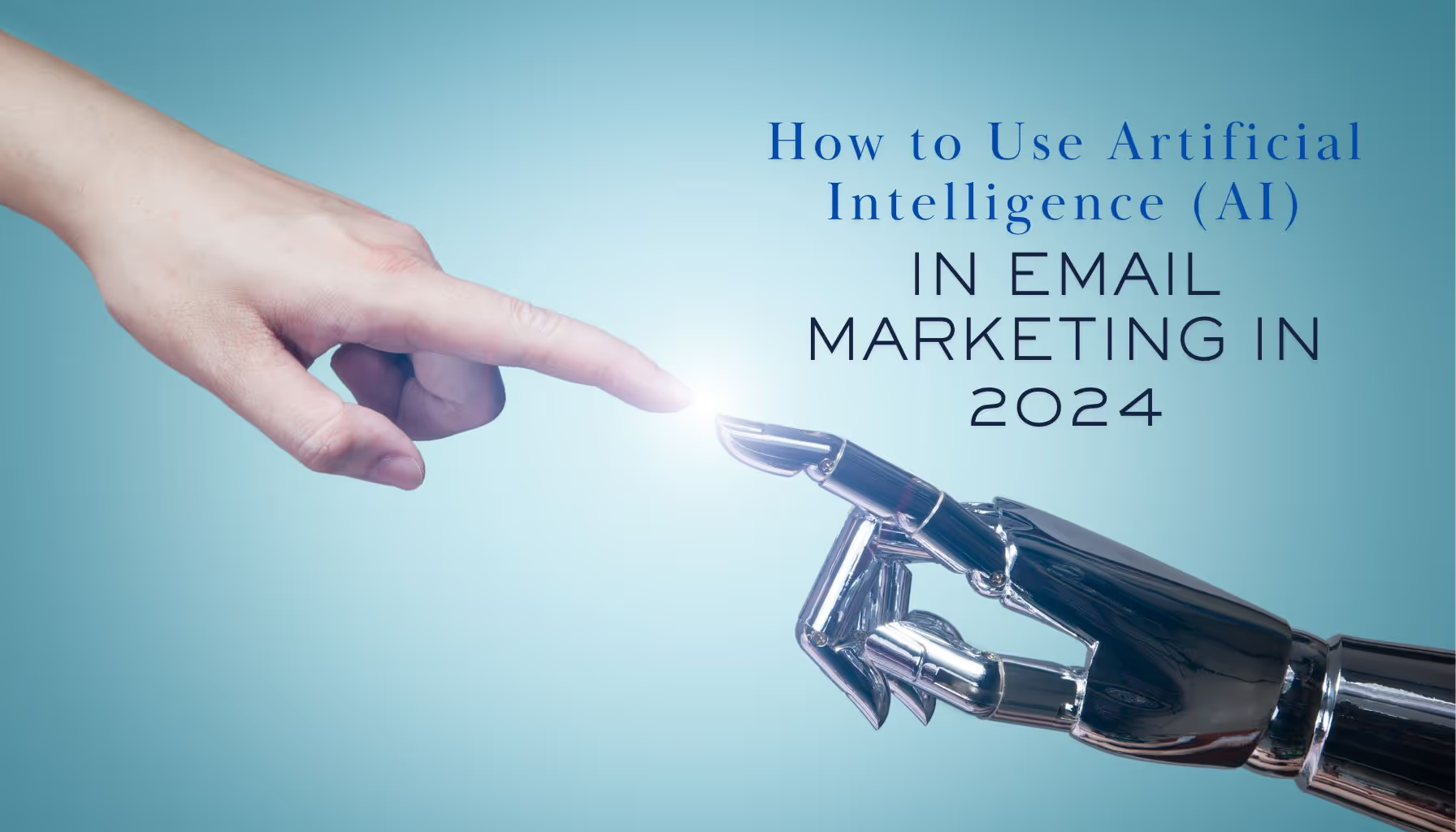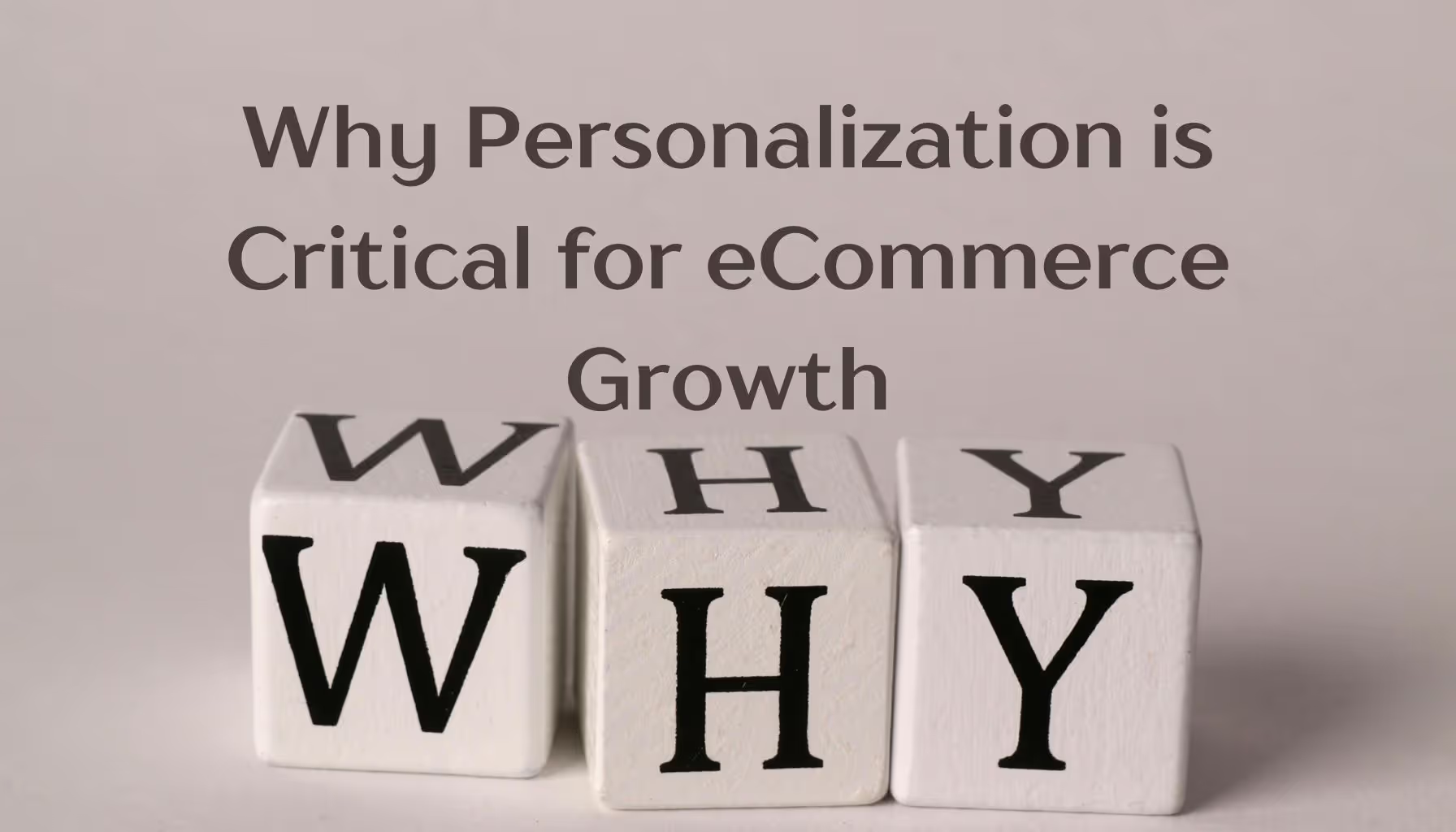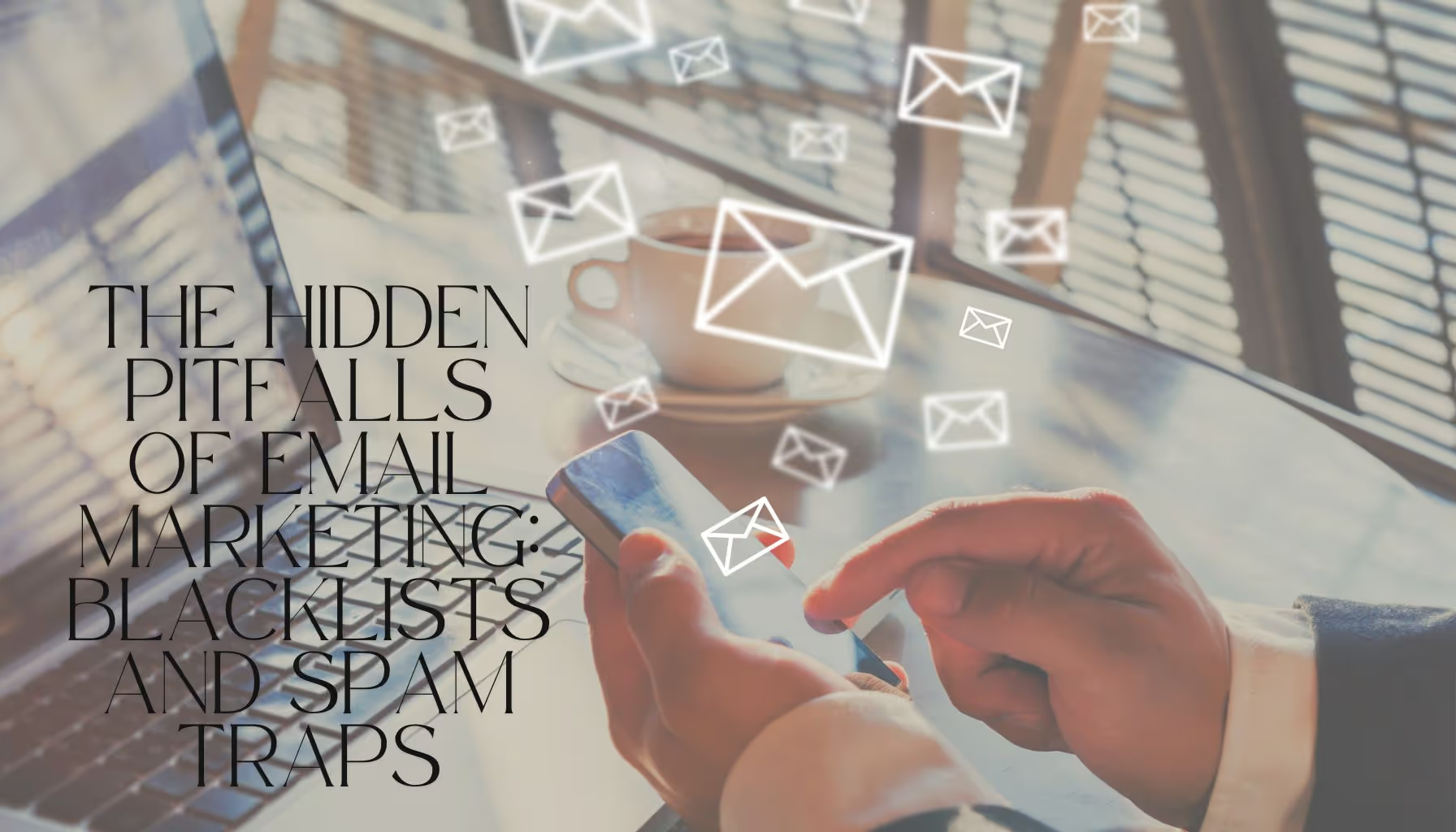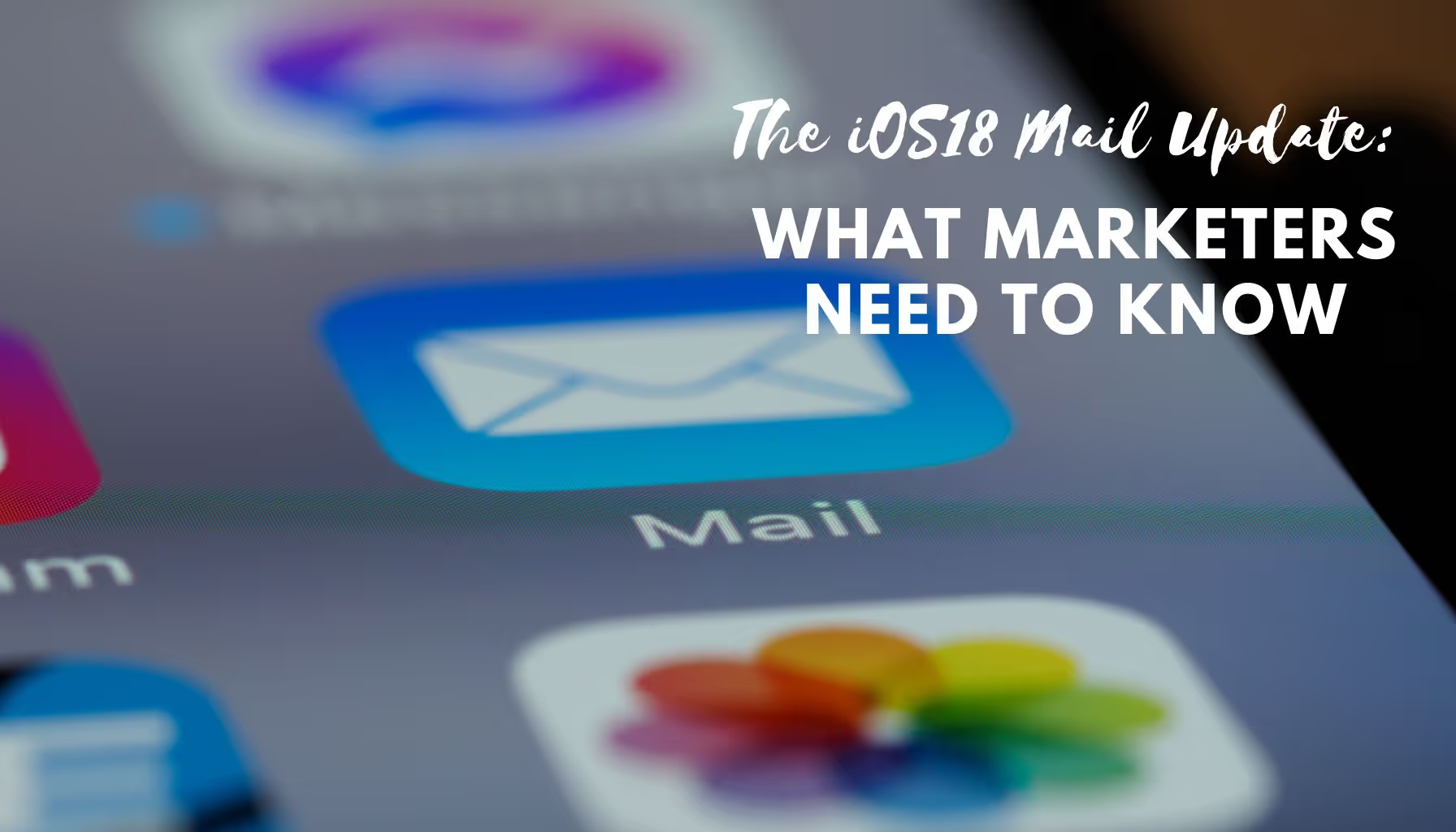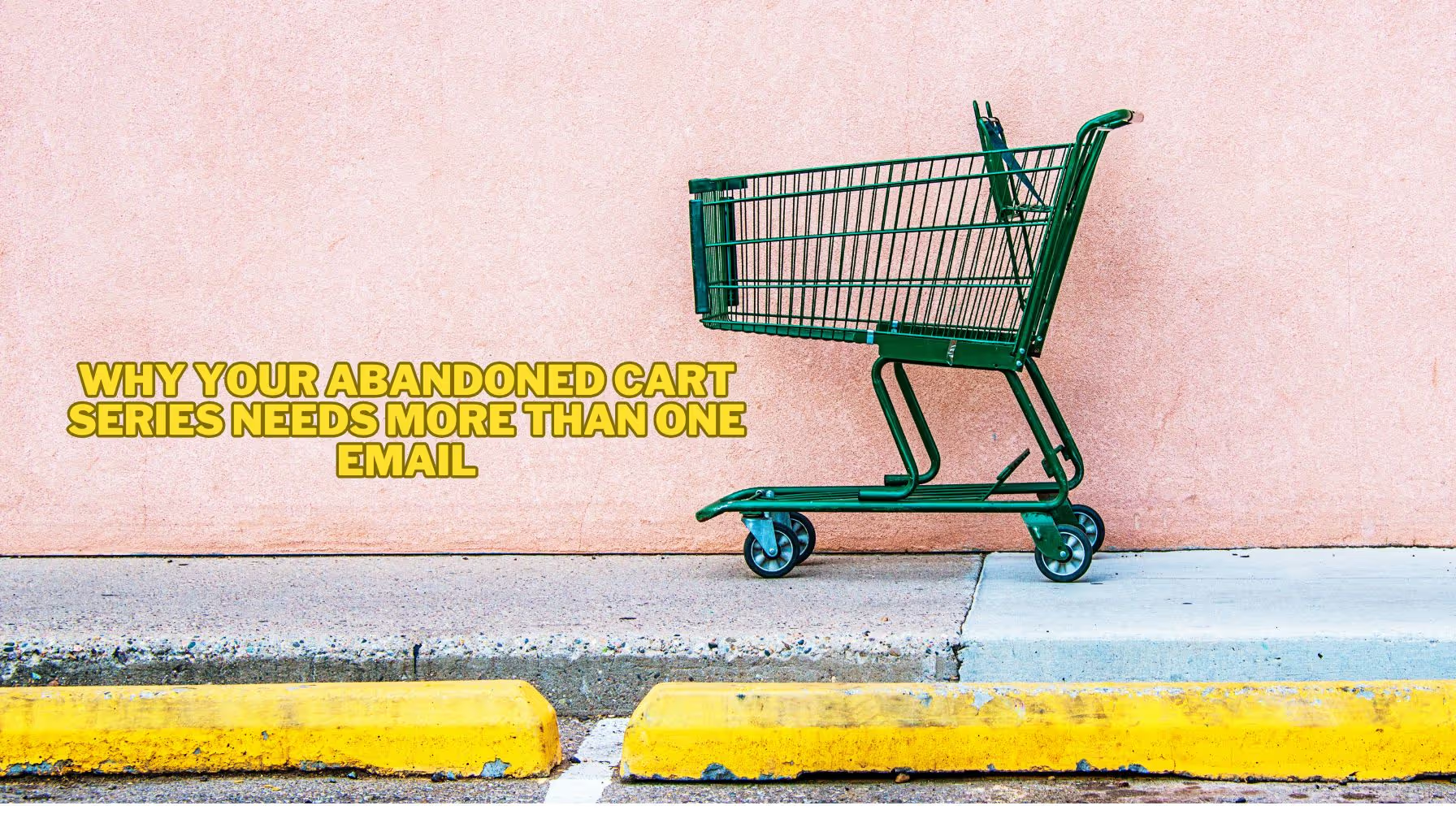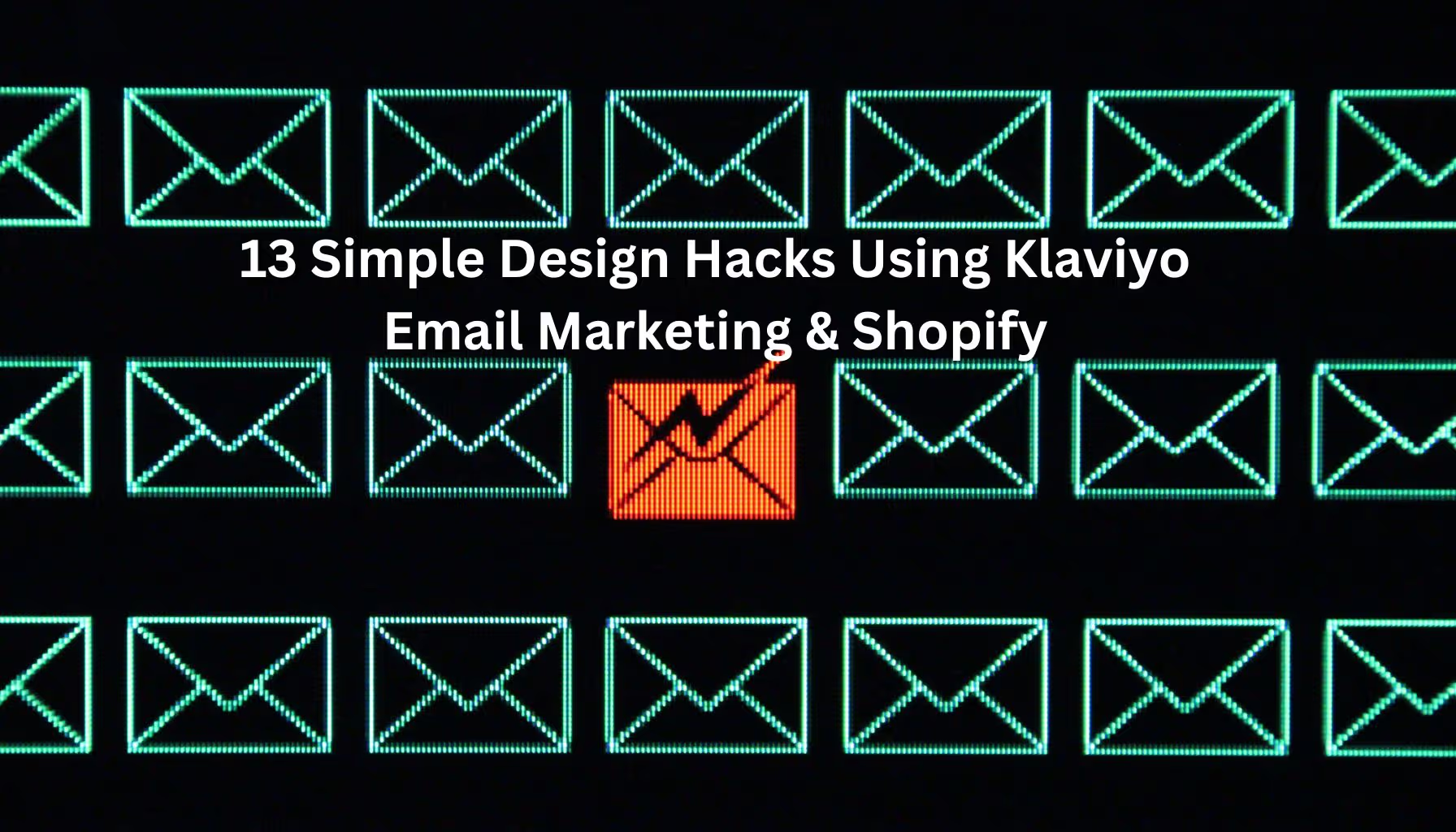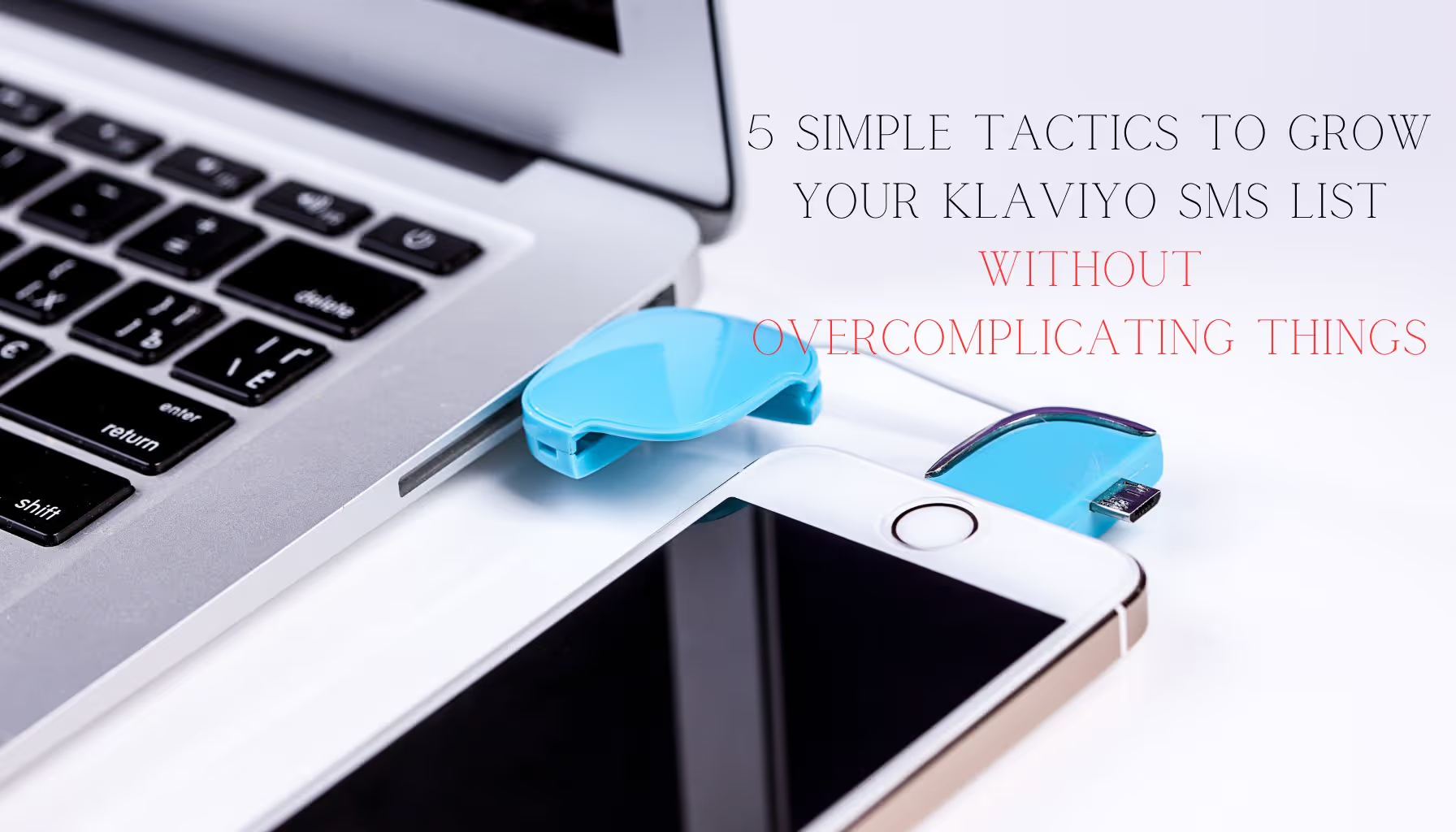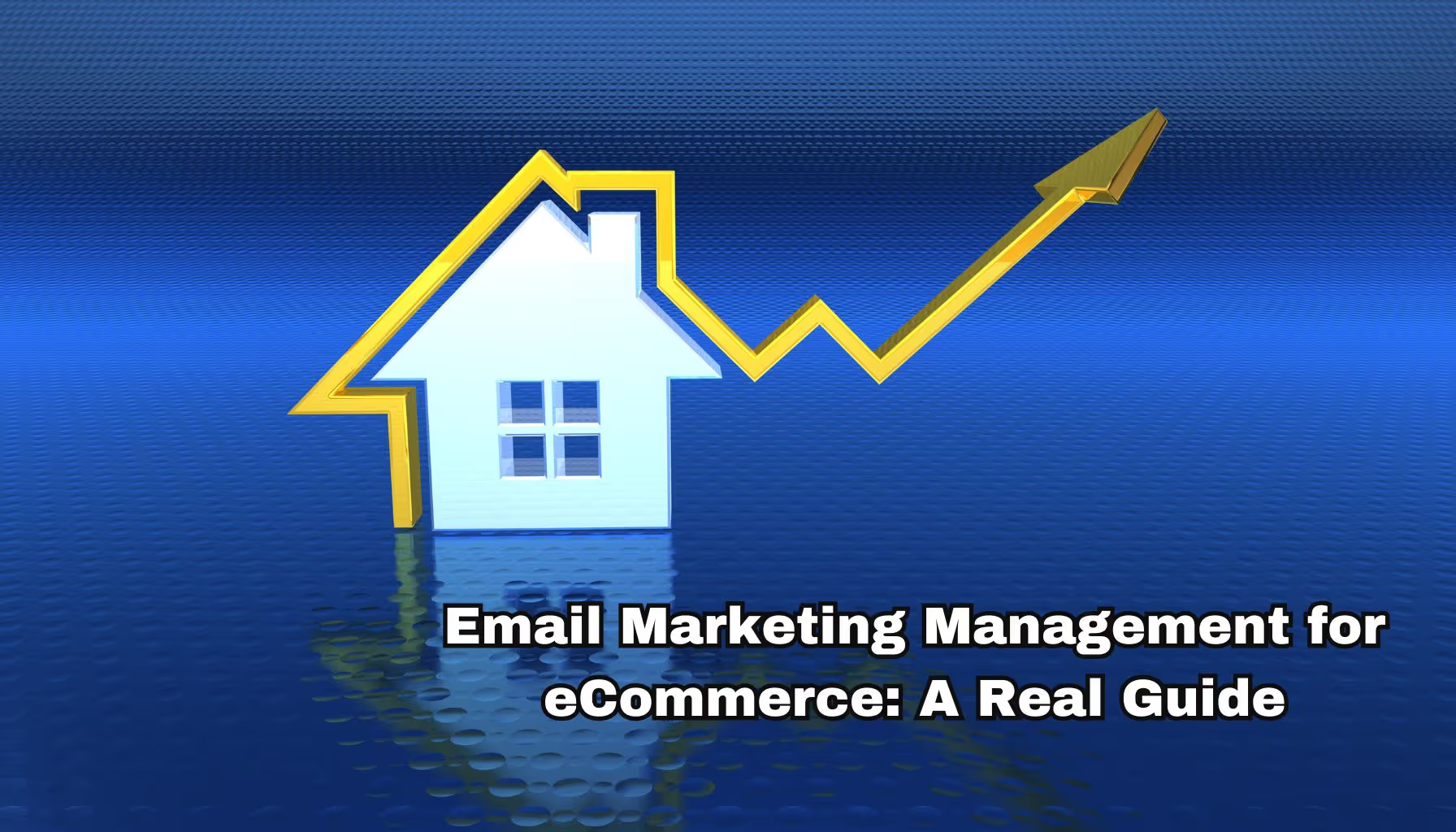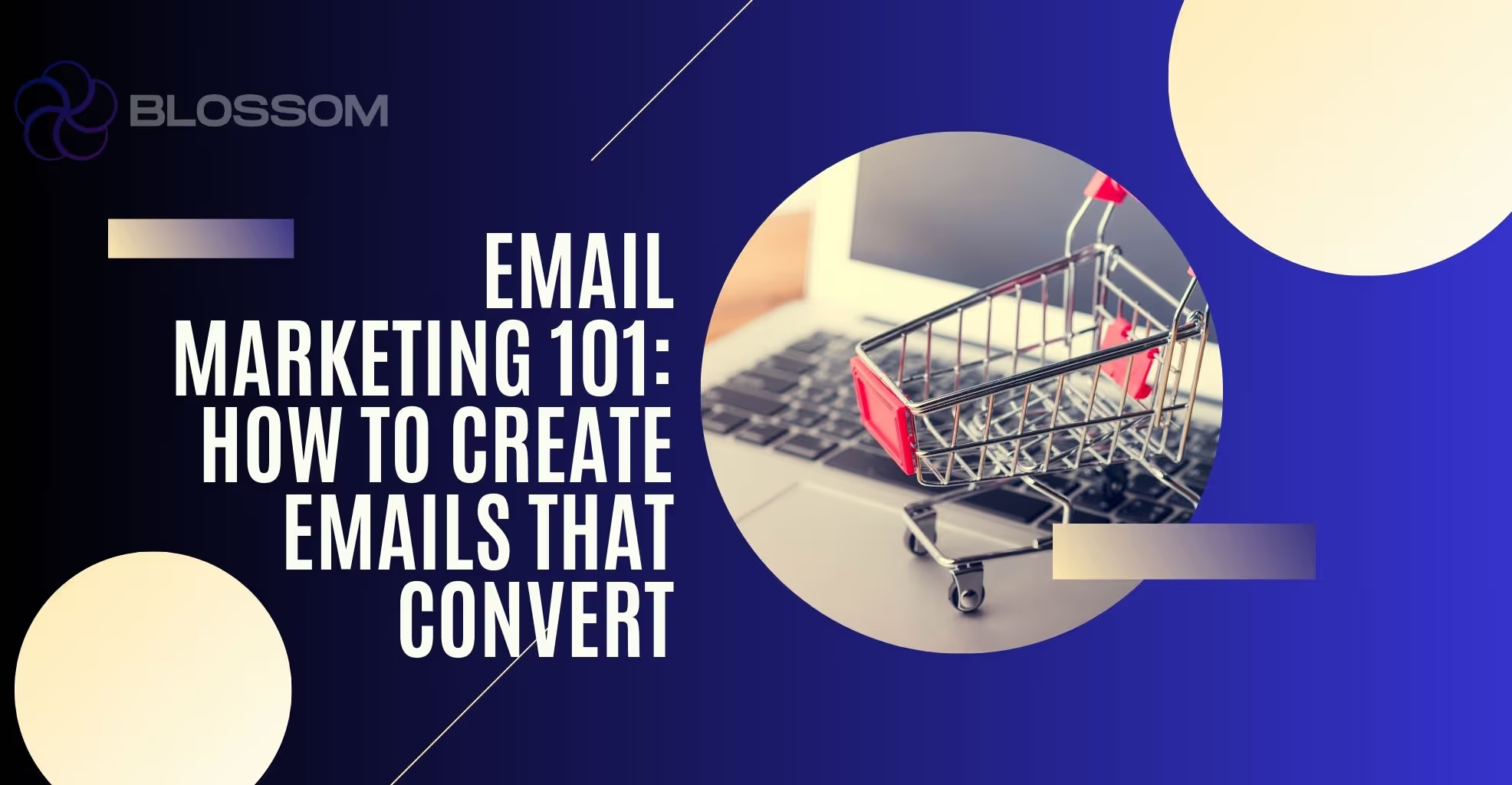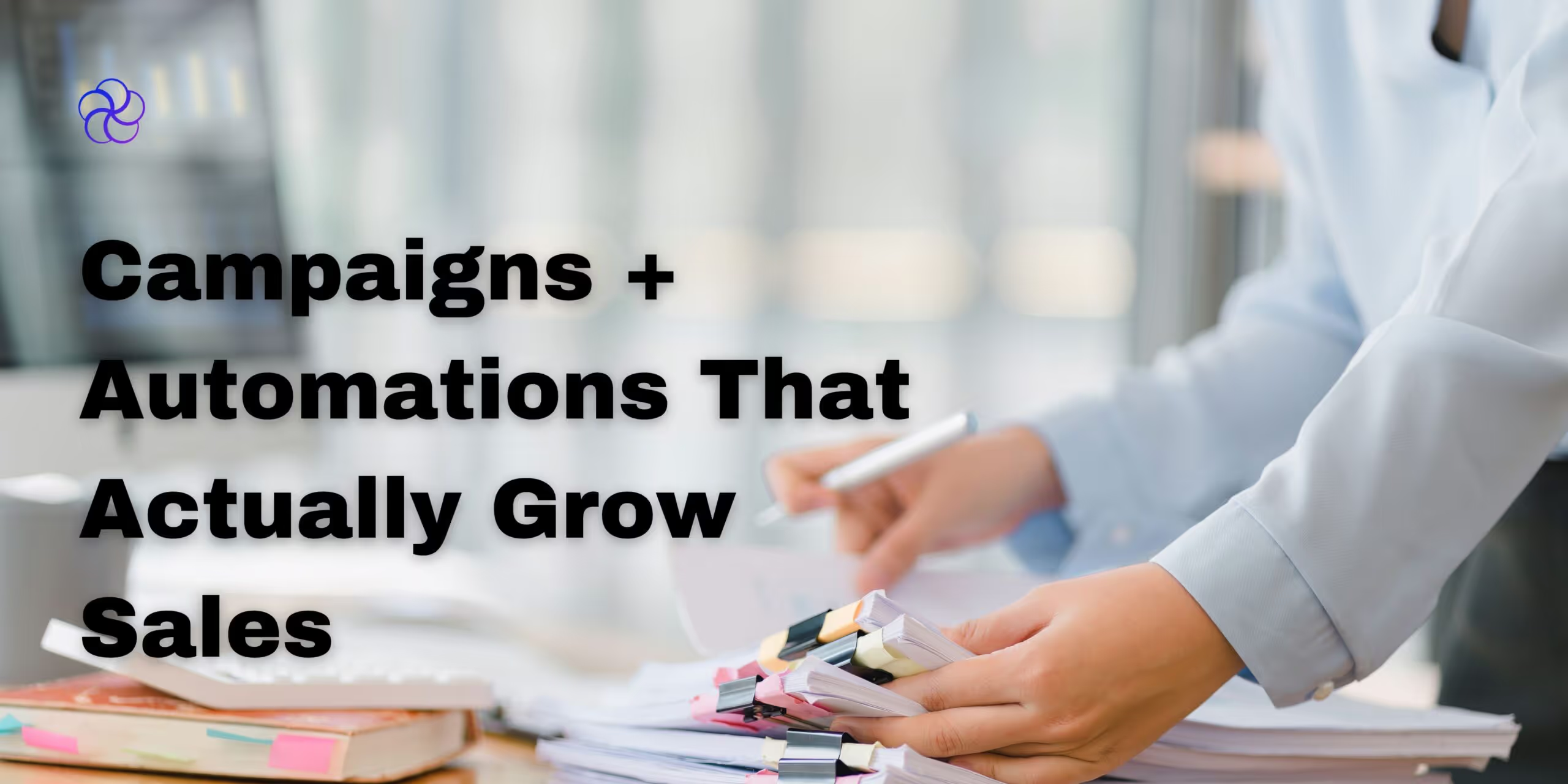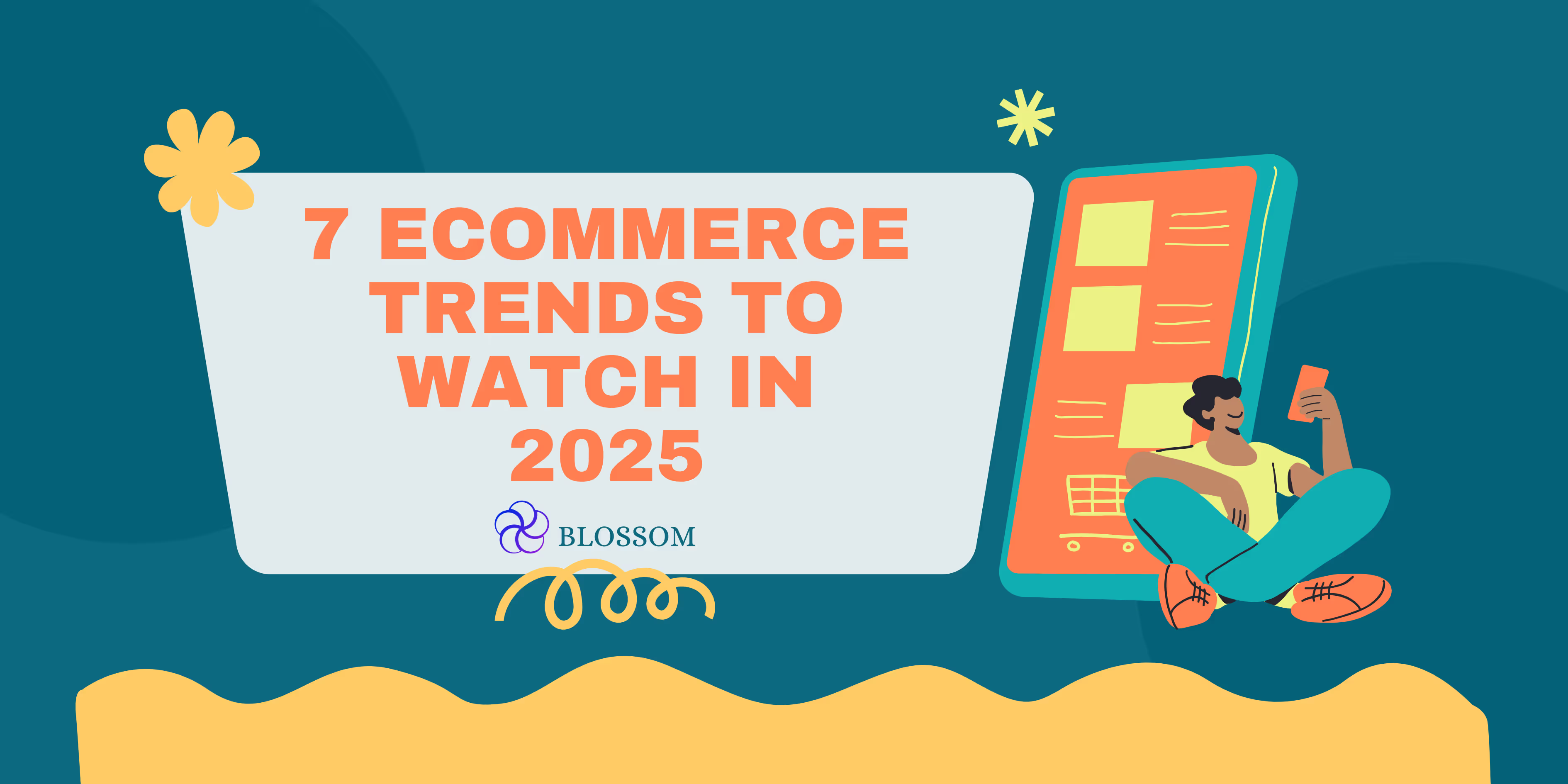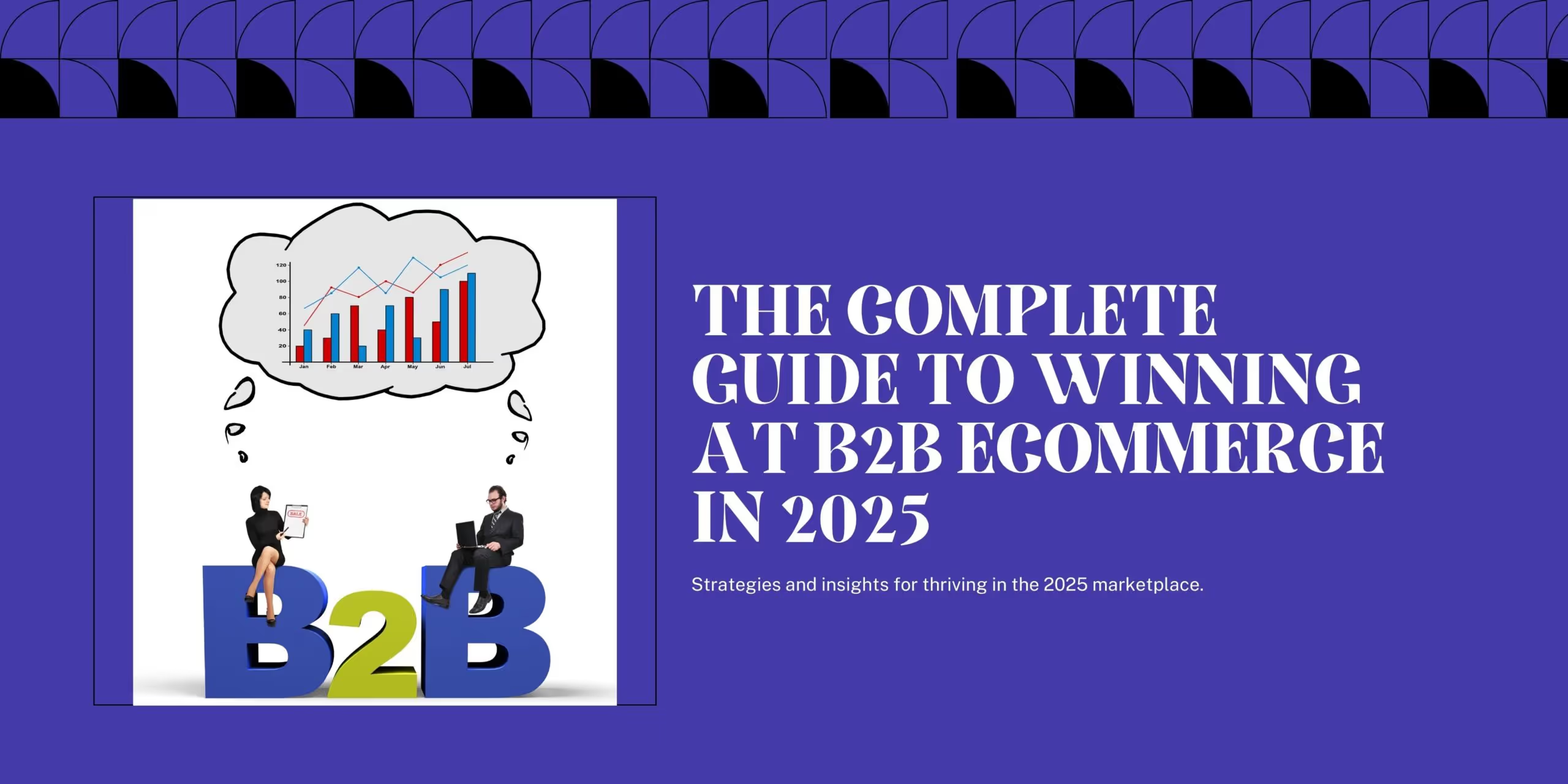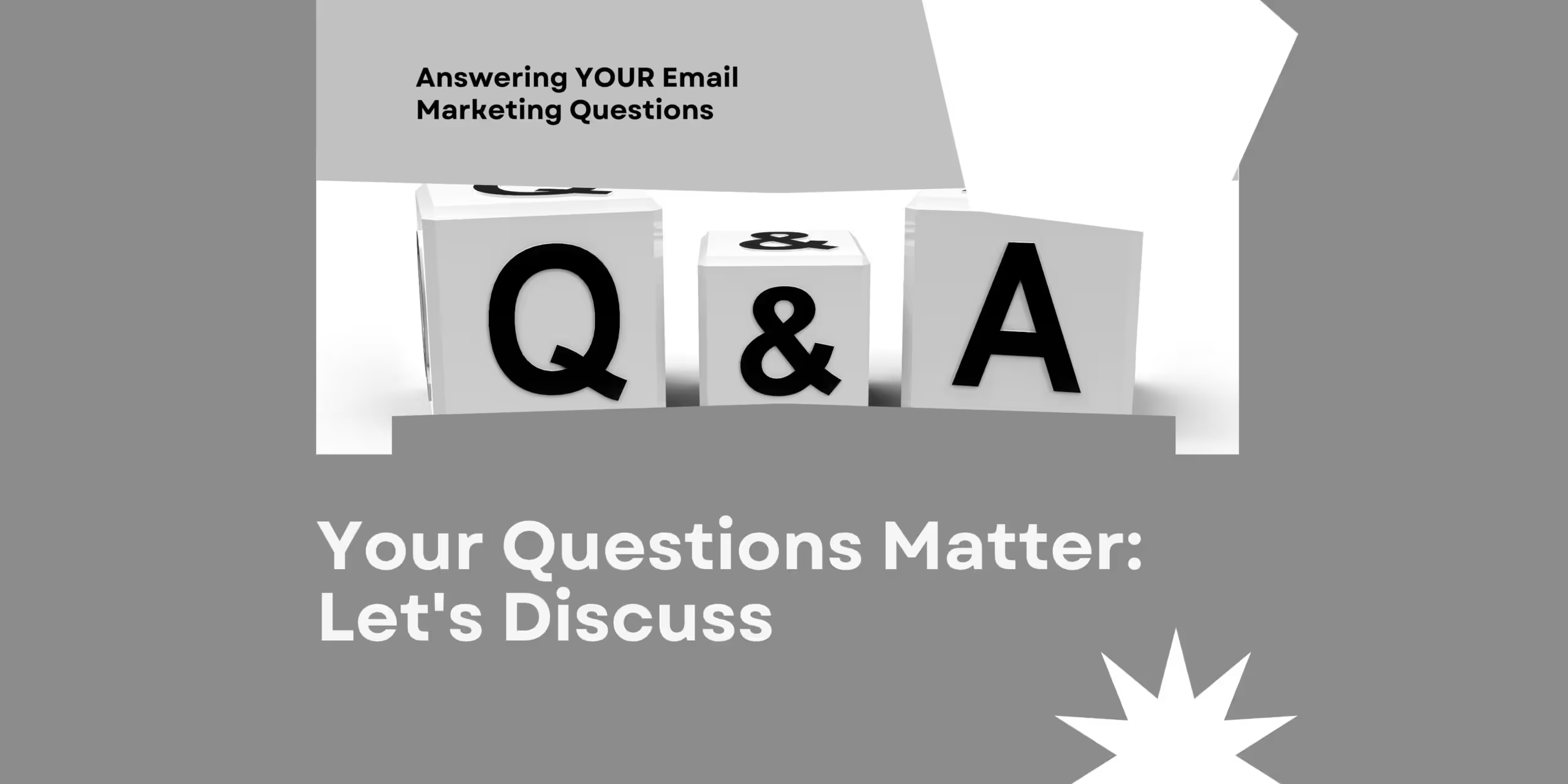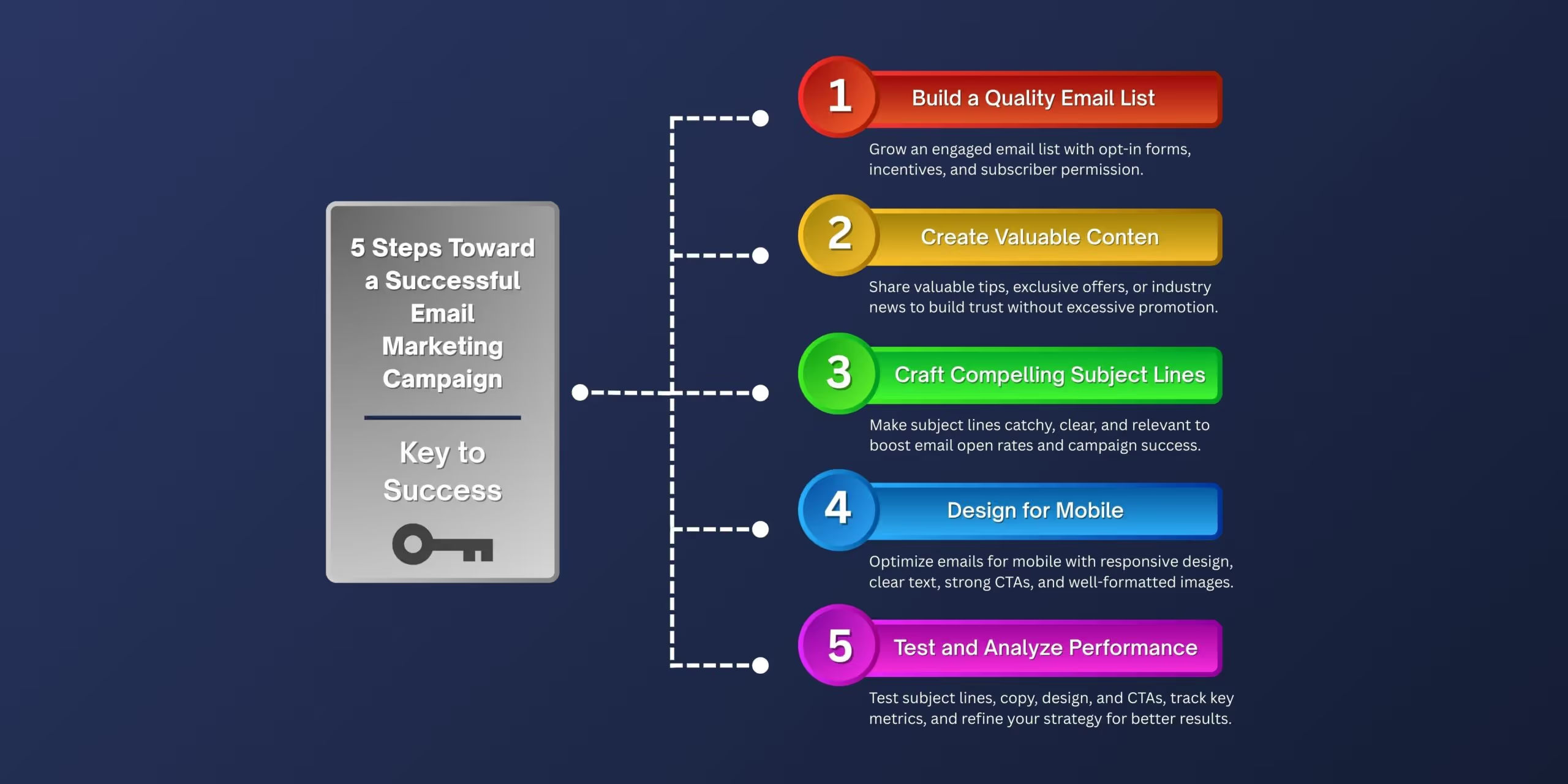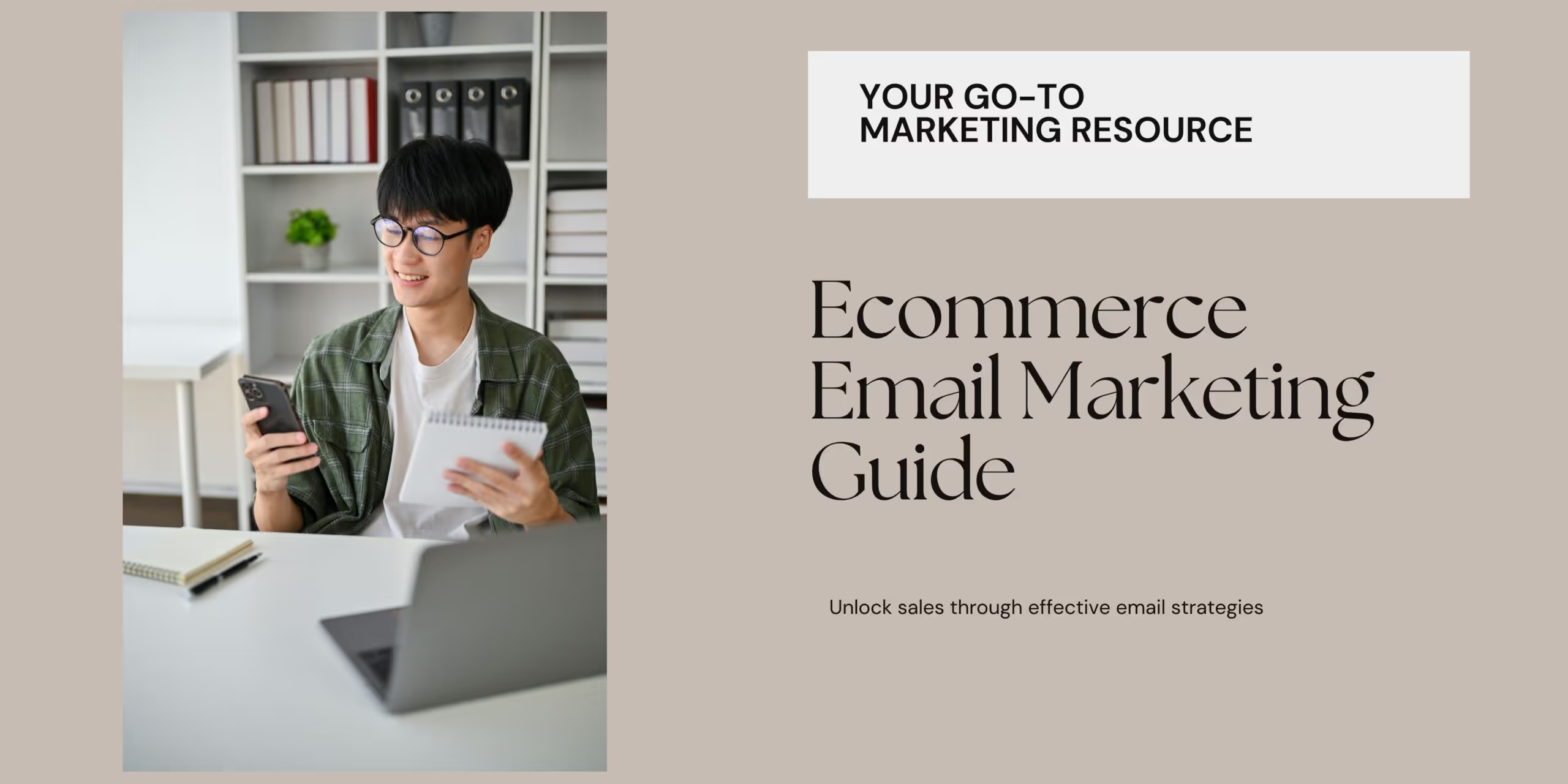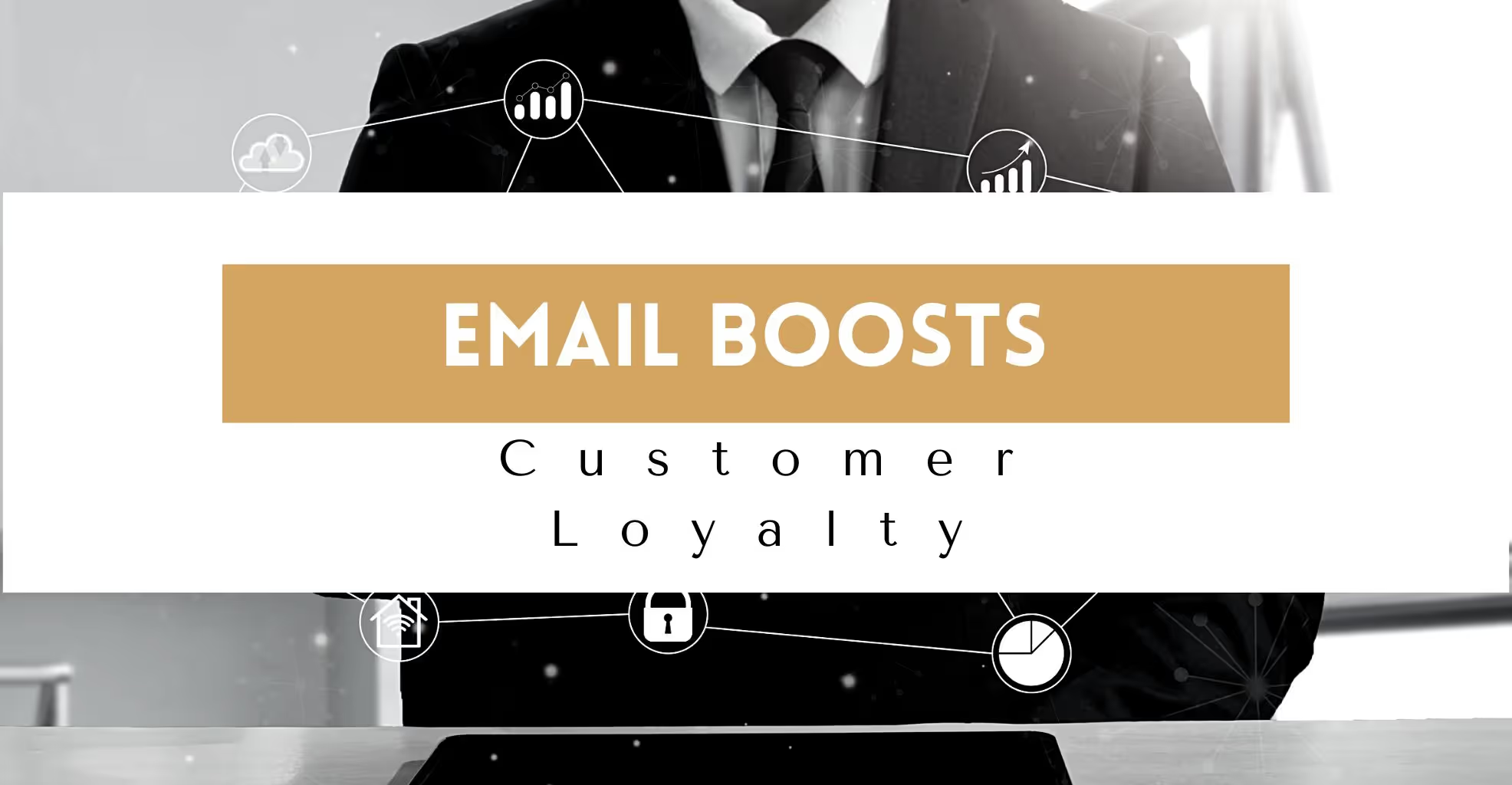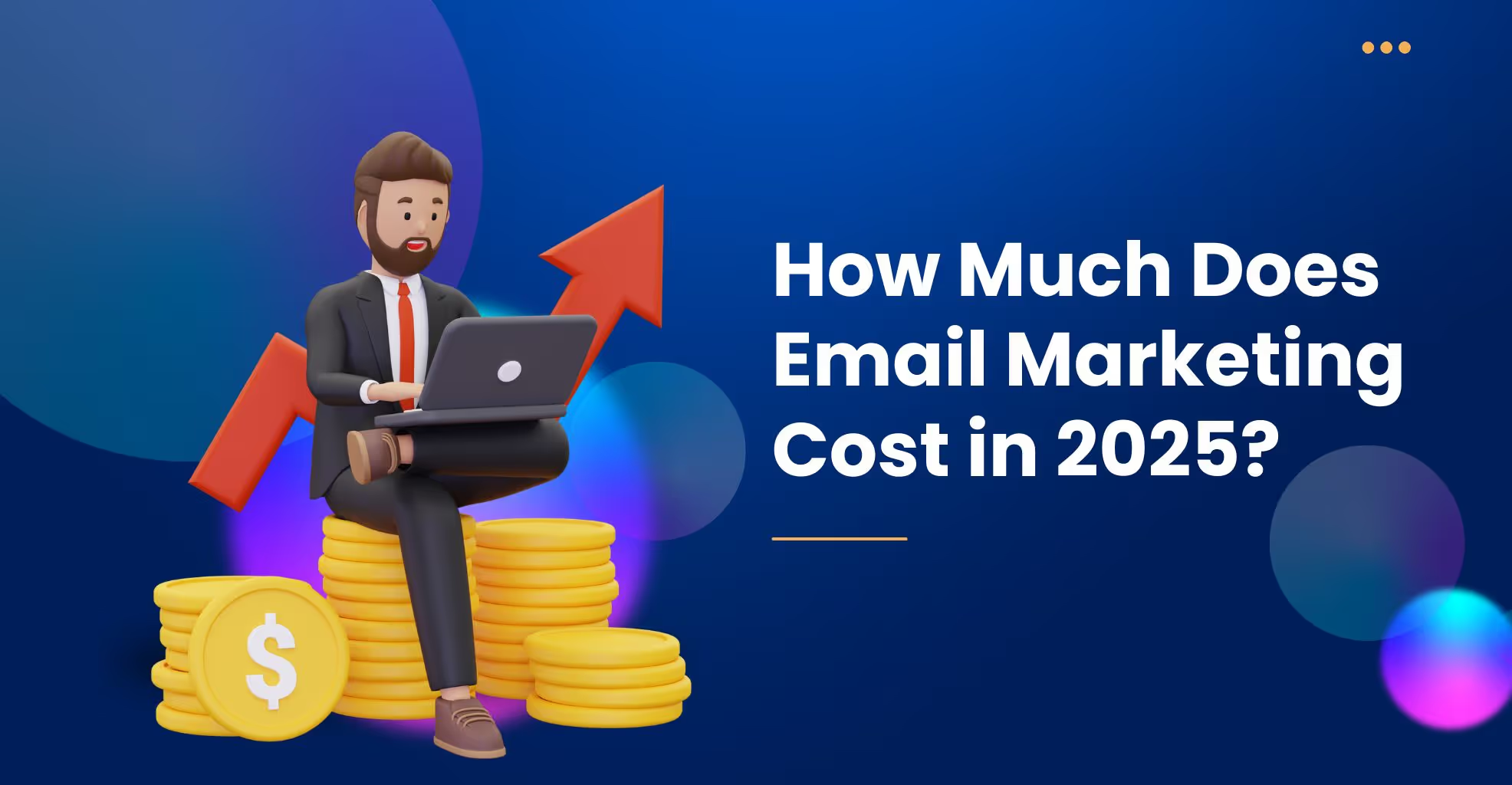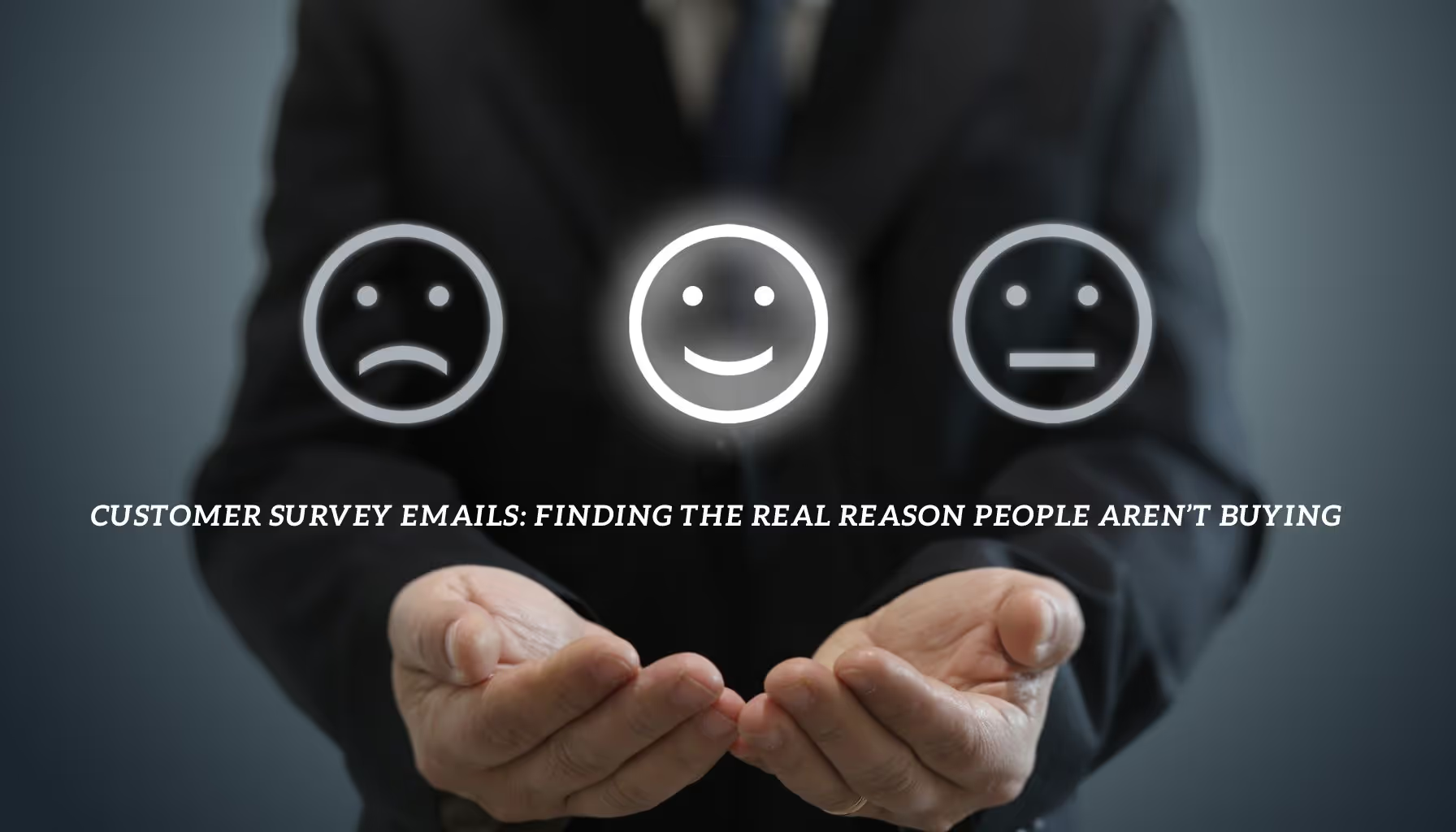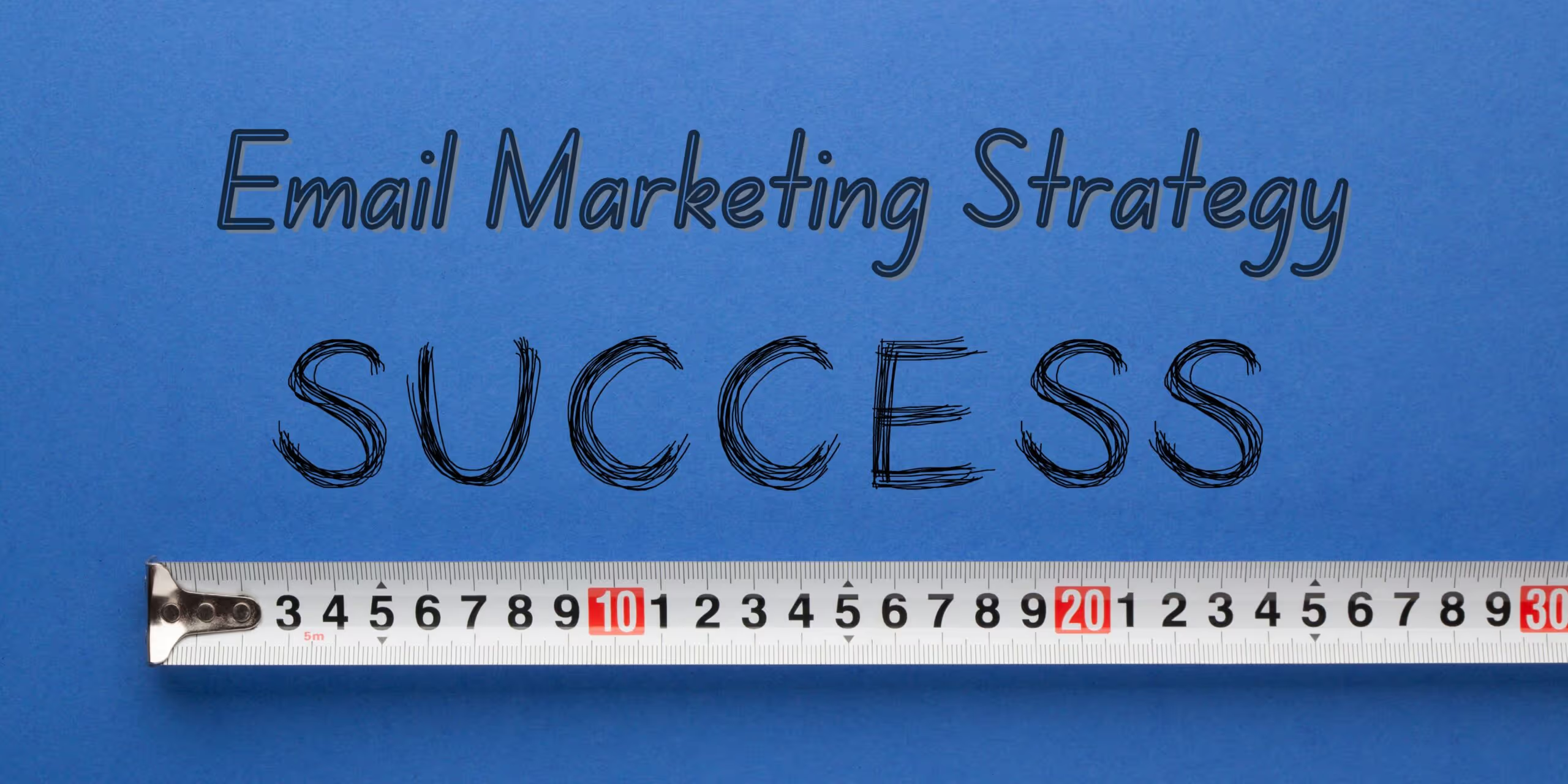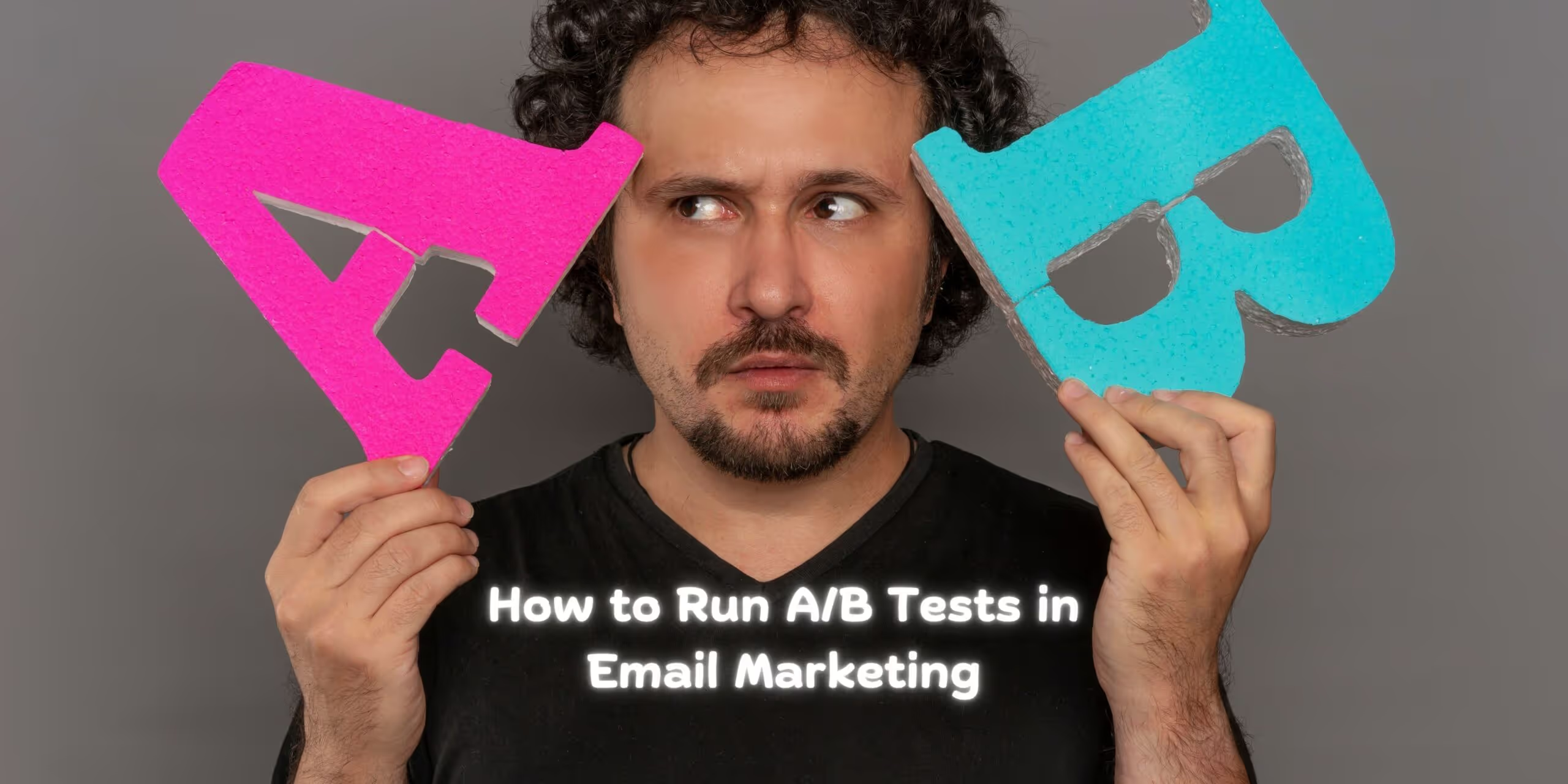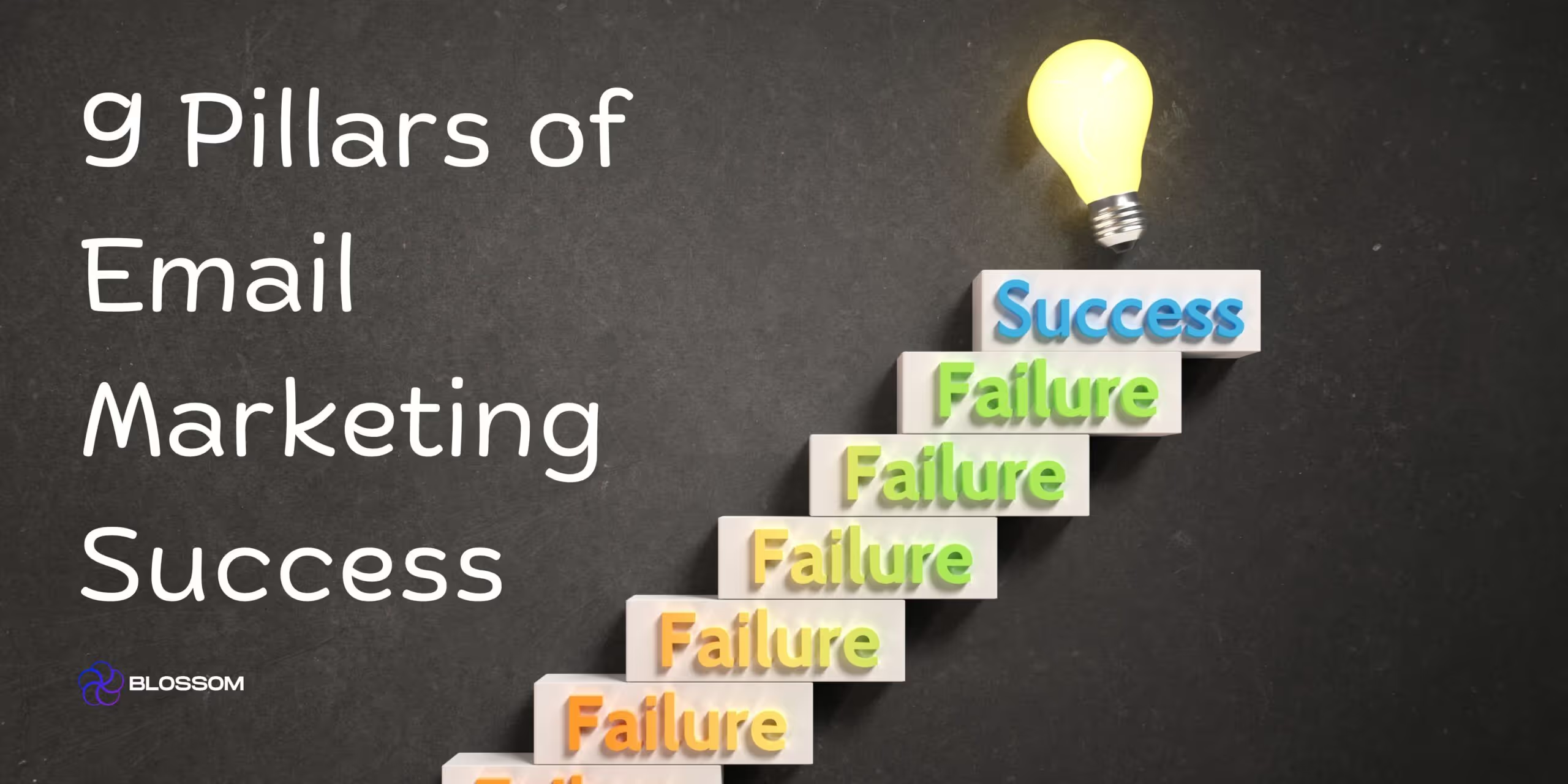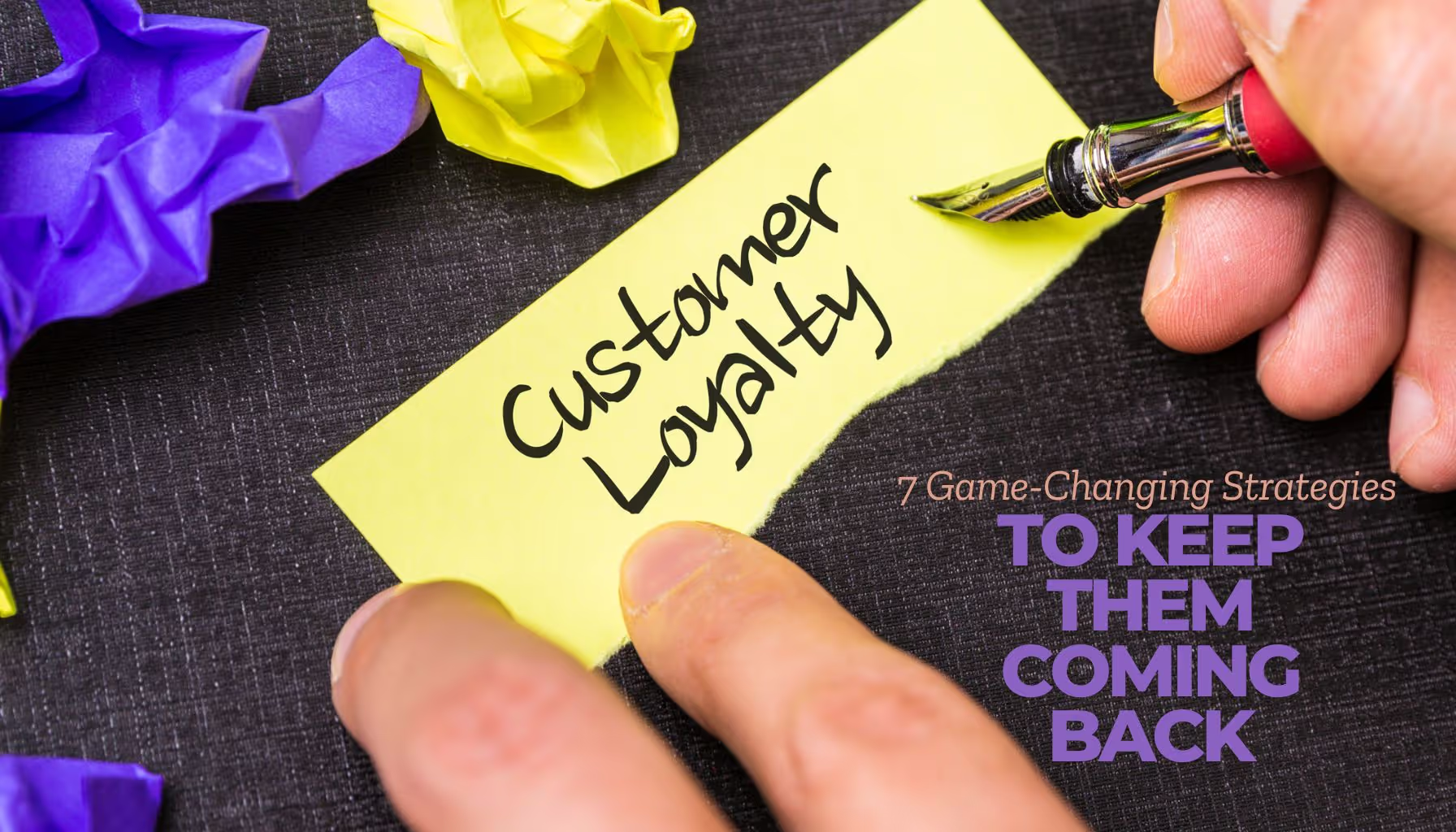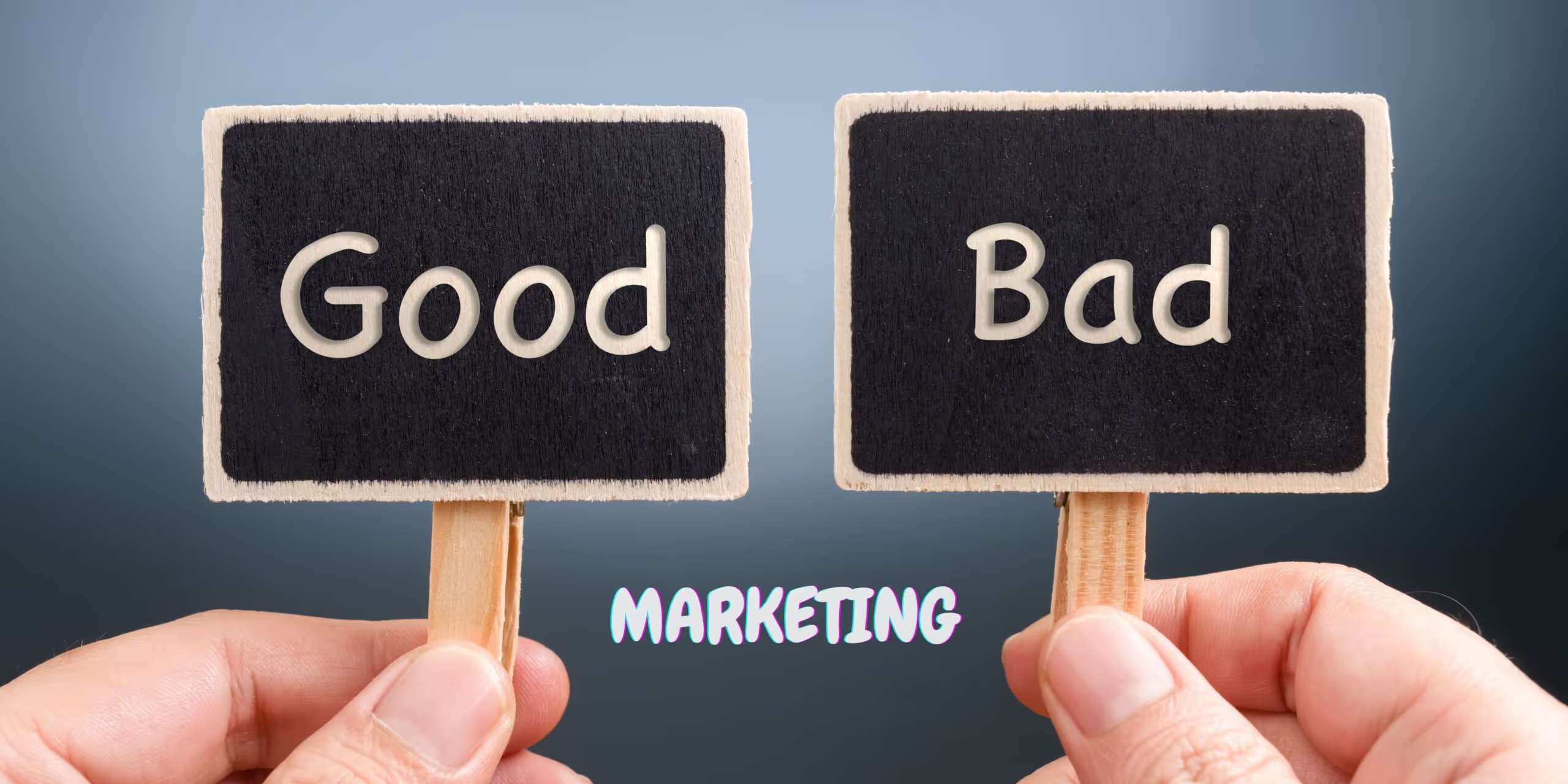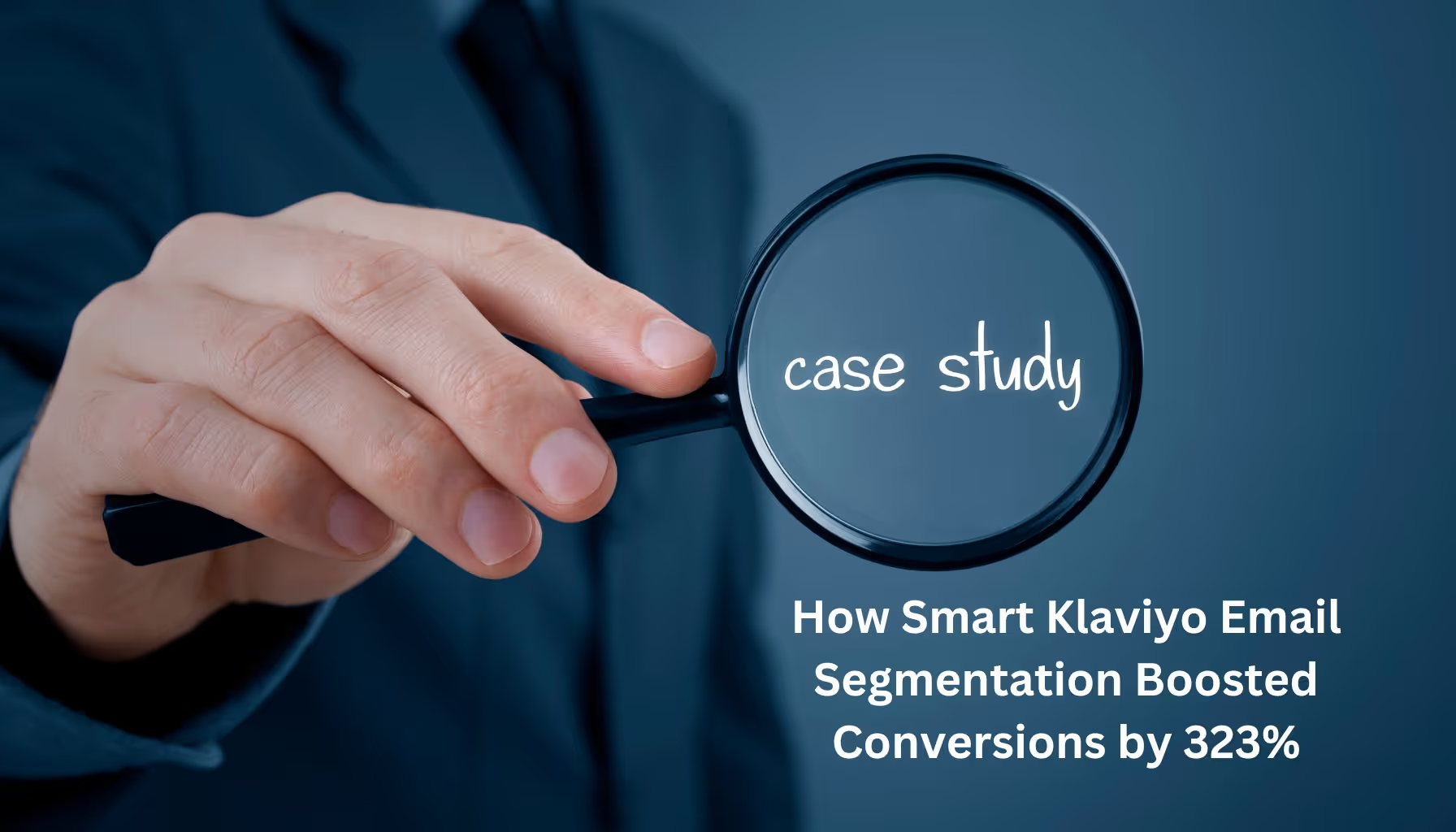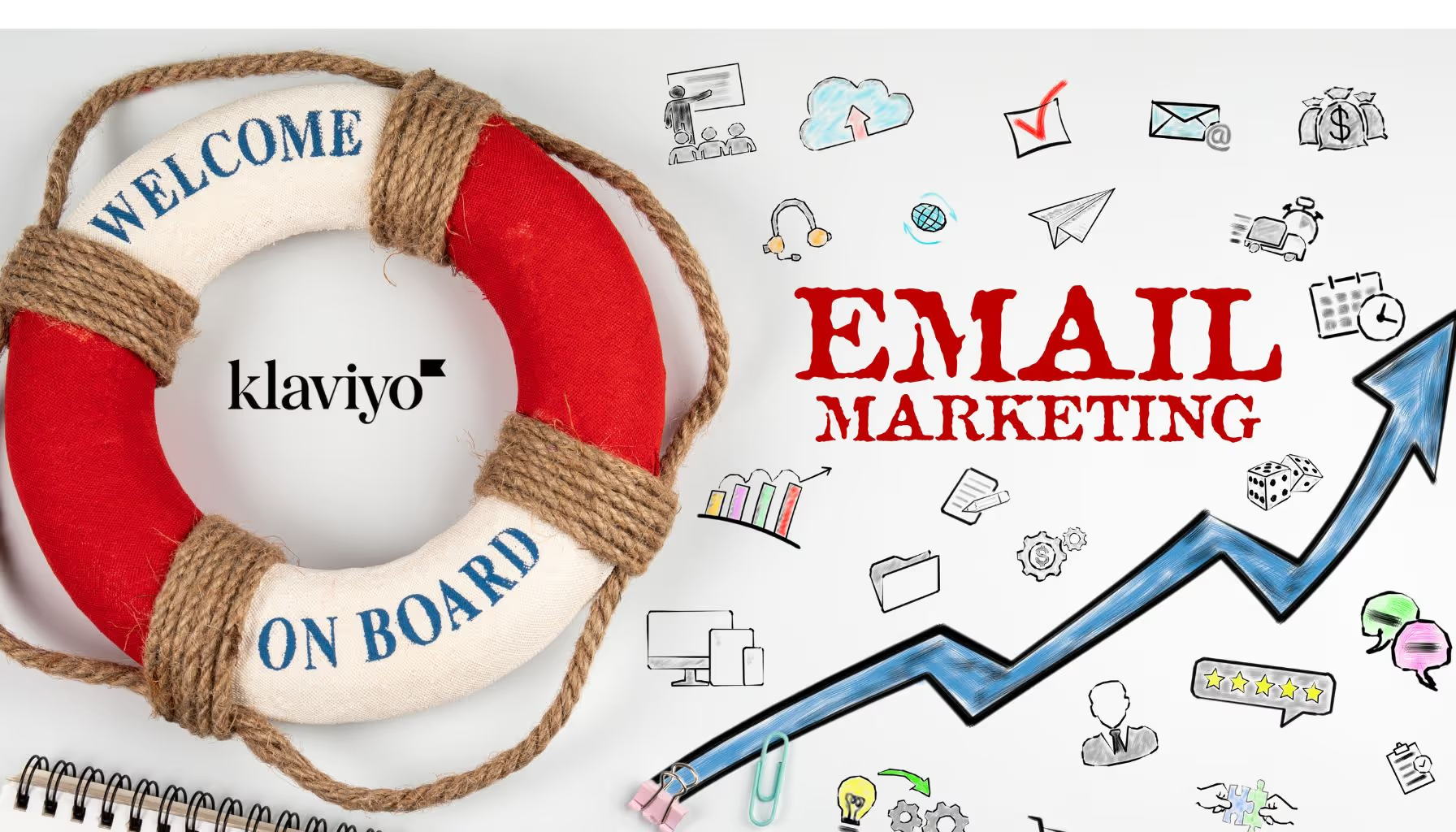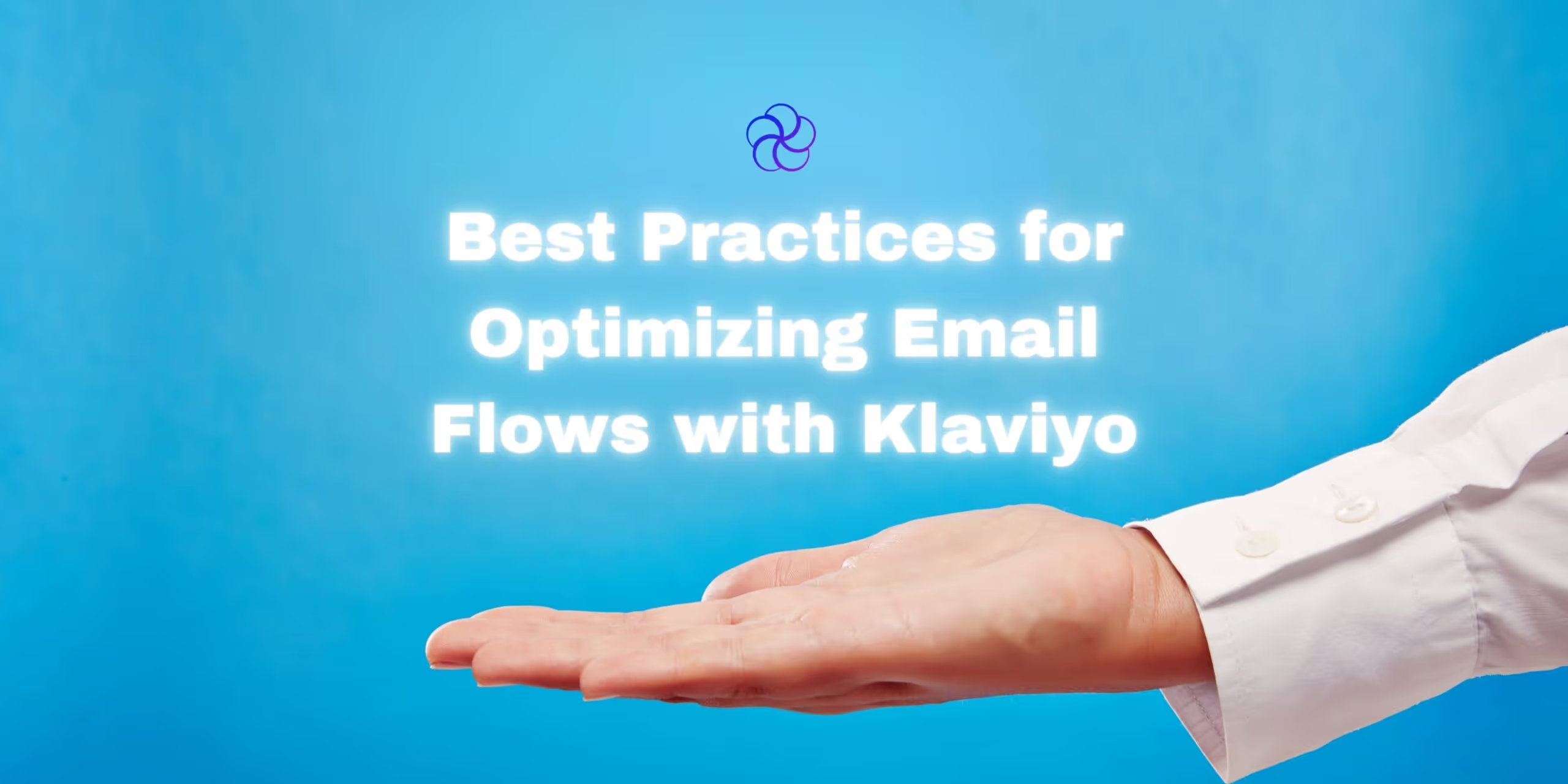Glossary: Key Terms to Know
| Term | Definition |
|---|---|
| SEO (Search Engine Optimization) | The process of improving your website to increase visibility on search engines. |
| CTR (Click-Through Rate) | The percentage of people who click a link in your email or search listing. |
| Backlink | A link from another website to yours—important for SEO authority. |
| User Engagement Metrics | Metrics like time on page, bounce rate, and pages per session—Google uses these to evaluate content quality. |
| Branded Search | When users search for your company name directly (e.g., “Blossom Ecom templates”). |
| Behavioral Signals | How users interact with your site—affects how search engines rank it. |
| Evergreen Content | Content that stays relevant over time (e.g., “How to Grow an Email List”). |
Introduction: Email and SEO Aren’t Enemies—They’re Allies

Here’s the thing: email marketing doesn’t directly impact SEO. Google can’t crawl emails. But that doesn’t mean your email strategy doesn’t affect search rankings.
In fact, when used strategically, email marketing can:
- Drive traffic to high-value pages
- Encourage natural backlinking
- Improve behavioral metrics
- Generate UGC and reviews
- Spark branded search volume
SEO and email are like a flywheel. One powers the other when done right.
Let’s break down exactly how to use your email list to boost search rankings and increase organic traffic.
1. Use Email to Drive SEO-Boosting Traffic to Your Content
One of the top SEO ranking signals is how users engage with your content. When you send targeted, qualified traffic to a blog post via email, you:
- Lower bounce rates
- Increase session time
- Improve engagement signals
These are all things Google notices.
How to Do It:
- Tease the blog in the email (not full content)
- Use clear CTAs like “Read More” or “See How It Works”
- Link directly to SEO-optimized content (with keywords, alt tags, schema)
Pro Tip:
Segment your list by interest and only send blog content that matches each group’s behavior.
Blog Traffic from Email vs. Social
| Channel | Avg. CTR | Avg. Time on Page | Bounce Rate |
|---|---|---|---|
| 8.5% | 3:45 mins | 31% | |
| Social Media | 1.3% | 1:20 mins | 64% |
Source: Blossom Ecom internal benchmarks, 2023
2. Use Subscriber Surveys to Find New SEO Topics
Struggling with what to blog about?
Your email list is a goldmine of SEO-friendly content ideas—you just have to ask.
How to Collect Content Ideas:
- Run a 2-question survey via email:
- “What’s your biggest challenge right now with [topic]?”
- “What kind of content would help you solve it?”
- Incentivize responses with a discount or entry into a giveaway
- Export answers, look for patterns, and create blogs that match user intent
Suggested Visual:
- Flowchart: “From Survey to SEO Blog Post” → Email > Survey Responses > Topic Clusters > Blog Calendar
3. Build Organic Backlinks Through Email Partnerships
Backlinks are the backbone of off-page SEO. But cold outreach? It’s a grind.
Here’s the smarter move: use your email list to build warm relationships.
3 Ways to Build Backlinks with Email:
| Tactic | How It Works |
|---|---|
| Content Swap | You link to their blog, they link to yours—announce both via email |
| Newsletter Roundups | Feature 3–5 helpful articles in your email; ask partners to return the favor |
| Bonus Resources | Include links in lead magnets or onboarding flows |
This creates natural backlink exchanges—which Google loves more than artificial ones.
4. Turn Subscribers into Brand Amplifiers (Social + SEO)
More social shares → more visibility → more branded searches.
While social media doesn’t directly affect SEO, it fuels signals that do:
- Increased time on site
- More engagement
- Branded search spikes
How to Encourage Sharing:
- Add “Share on LinkedIn/Twitter” buttons inside blog emails
- Reward social shares with discounts or free downloads
- Use UTM parameters to track which shares drive traffic
The ripple effect: shared content → new readers → higher engagement → SEO lift.
5. Ask for Reviews (and Boost Your Local SEO)
Local SEO = visibility + trust. Reviews are the top trust signal for local businesses.
How to Get More Google Reviews:
- Send a post-purchase email 3–7 days after delivery
- Use conditional logic (Klaviyo) to only email satisfied buyers
- Include:
✅ Personalized greeting
✅ Direct link to your Google Business review form
✅ Simple CTA like: “Tell us what you think!”
Pro Tip:
Use schema markup to make these reviews display as rich snippets in Google search results.
📊 Table: Impact of Reviews on Local SEO Ranking
| Ranking Factor | Influence (0–10) |
|---|---|
| Google Reviews | 9.3 |
| Backlinks | 7.8 |
| On-Page Optimization | 6.9 |
| Local Listings | 8.5 |
Source: Moz Local Search Ranking Factors Report
Advanced Tips: Use Email Metrics to Inform SEO Strategy
Your email platform is packed with search intent signals. Use them to your SEO advantage:
| Email Metric | What It Tells You | SEO Action |
|---|---|---|
| Top clicked links | What topics matter most | Create related blog content |
| High open rate subject lines | Which phrasing works | Mirror in SEO titles/meta |
| Most forwarded emails | What’s “share-worthy” | Add to content calendar |
Tools to Help Marry Email + SEO
| Tool | Purpose |
|---|---|
| Klaviyo | Segmented email campaigns + data |
| Typeform | Email surveys for SEO insights |
| Clearbit | Enrich subscriber data for targeting |
| Hotjar | Track how email traffic behaves on site |
| Google Search Console | Track branded traffic + SEO lift |
Frequently Asked Questions
1. Does email marketing directly affect SEO?
Not directly. Google doesn’t crawl your emails—but email drives behavior that boosts SEO, like traffic, engagement, backlinks, and branded search.
2. What email content works best to improve SEO?
Emails that:
- Drive clicks to blog posts
- Encourage user-generated content
- Include shareable assets like infographics
- Request reviews for local SEO
3. Can I use email data to improve blog content?
Absolutely. Track click rates on content topics and survey your list for ideas. These insights help align your blog with real user intent—a top SEO factor.
4. How do I track SEO performance from email campaigns?
Use UTM parameters and check performance in:
- Google Analytics (Acquisition → Campaigns)
- Google Search Console (for branded search increases)
- Klaviyo (for email-specific traffic)
5. Can I use email to get backlinks?
Yes. Share your content with partners, contributors, and affiliates via email. It’s a warm intro for a natural backlink—especially if your content is high-value.
6. Should I prioritize SEO or email first?
Do both together. Start by building value-rich blog content (SEO), then drive traffic to it with smart, segmented emails. They feed off each other.
Final Thoughts: Don’t Silo SEO and Email—Sync Them
SEO brings people to your brand. Email keeps them engaged with your brand.
Treating these channels as separate is a massive missed opportunity. When you sync them:
- Your content gets more reach
- Your audience gets more value
- Your Google rankings get a silent lift
At Blossom Ecom, we specialize in blending retention and acquisition strategies—email meets SEO, built to grow traffic and revenue.
Ready to Integrate Email + SEO?
Let us audit your flows, content, and segmentation—and show you how to use your list to supercharge your search rankings.
Book your free strategy session today.
Need help implementing this?
Let us take the hassle of managing your email marketing channel off your hands. Book a strategy call with our team today and see how we can scale your revenue, customer retention, and lifetime value with tailored strategies. Click here to get started.
Curious about how your Klaviyo is performing?
We’ll audit your account for free. Discover hidden opportunities to boost your revenue, and find out what you’re doing right and what could be done better. Click here to claim your free Klaviyo audit.
Want to see how we’ve helped brands just like yours scale?
Check out our case studies and see the impact for yourself. Click here to explore.

Read Our Other Blogs

Personalizing Push Notifications for Better Retention Outcomes


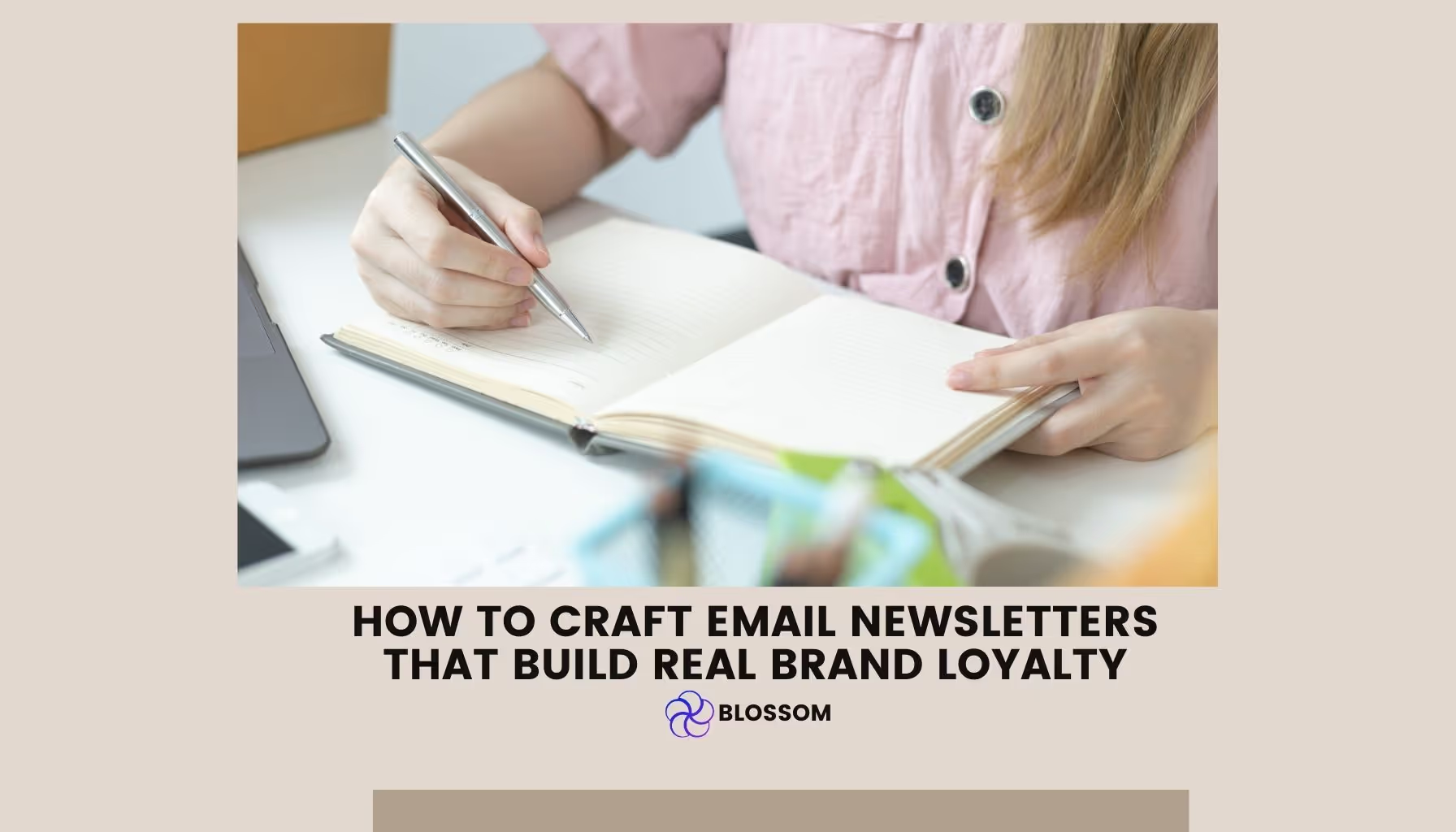
How to Craft Email Newsletters That Build Real Brand Loyalty


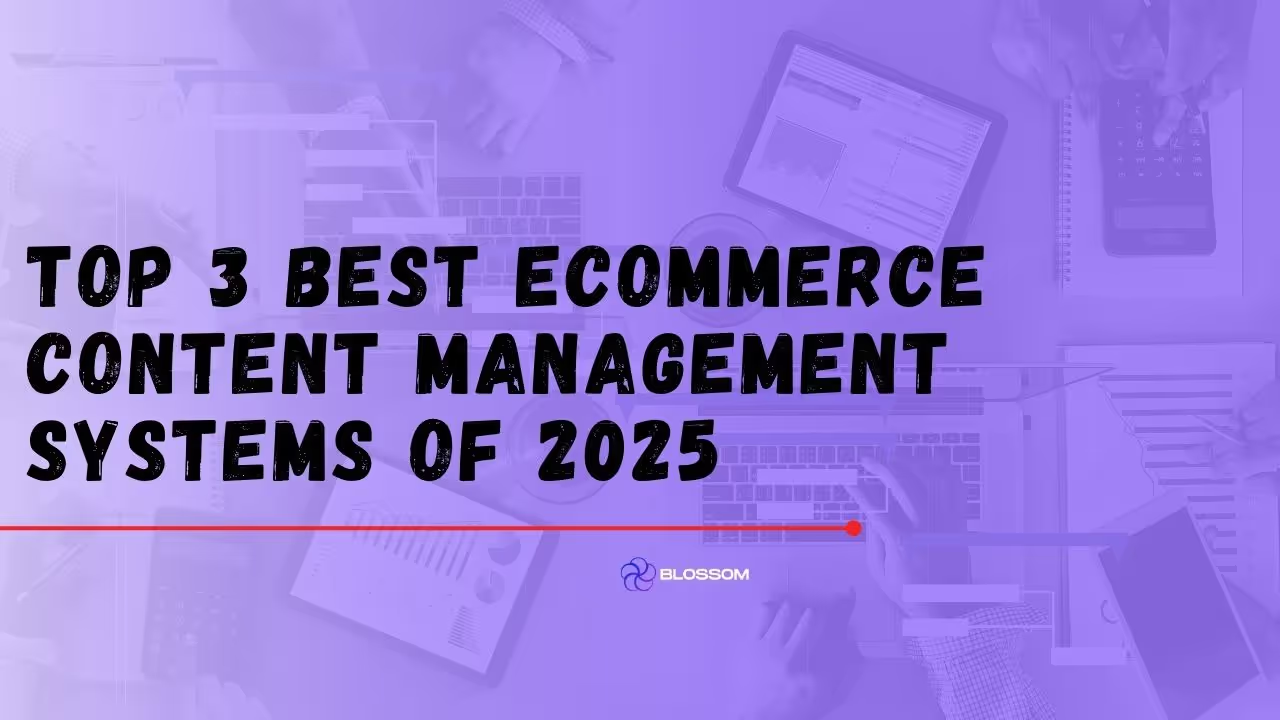
Top 3 Best eCommerce Content Management Systems of 2025




Not Sure Where to Start?
Let's find the biggest retention opportunities in your business. Get a free Klaviyo audit or retention consultation.



